Italian Lake Culture
Italian Lake Culture
Home to more lakes than any other Mediterranean country, the Italian laghi (lakes) have forever played an important role in Italian culture, heritage, history, religion and gastronomy. For generations the Italian lakes have signified a multitude of things, from luxurious vacation hideaways to bucolic natural microcosms, and ancient alpine lakeside communities to bastions of tourist revenue. While the lakes themselves are undeniably beautiful and serene, what is perhaps most charming about the lakes are the robust lake cultures that have developed around them. Local communities, with their rich traditions, histories and cuisine, have refined Italian lake culture into the paradisical landscape that it is today. Without these communities the lakes, while still beautiful, would simply be placid bodies of water at the foot of the alps instead of the coveted and dreamlike destinations that they are today. To visit the Italian lakes is to experience a lesser known but immensely rich facet of Italian culture. Here are a few of our favorites:
Lake Maggiore: Where Switzerland’s majestic mountain range meets the quaint lakeside of romantic Italy, Lake Maggiore is born. Bordering both Piemonte and Lombardia and nestled on the south side of the Alps, Lake Maggiore is Italy’s second largest lake. The lake is home to arguably some of the most elegant lakeside towns in all of Italy, and has been the setting for a number of literary masterpieces, most notably Hemingway’s “A Farewell to Arms.” Today, the noble influence of the still present Borromeo family can be observed at their regal villas and world renowned gardens that inhabit Lake Maggiore and its islands. The northern lake towns of Cannobbio and Cannero Rivera feature hilltop chapels and castles but adhere to a simpler and more serene vibe than their counterparts located in the central portion of the lake. Once you move away from the lake’s more developed tourist strongholds you will uncover the area’s true gems: its valleys, ravines and mountain towns, where old traditions are preserved by local communities and a strict reverence for the surrounding nature is maintained. Whether it’s the impressive statue of St. Charles Borromeo or a quirky hat museum located in an old hat factory from 1881, Lake Maggiore is full of culture and undiscovered beauty.
Lake Orta: Known for one of Italy’s most stunning lake islands, Orta San Giulio, Lago D’Orta epitomizes timeless sophistication. An ancient island monastery and a network of aristocratic villas dominate the landscape, while hidden towns in the surrounding valleys preserve the lake’s ancient traditions of pewter, copper, brass and wood craftsmanship. Most notably, the town of Val Strona is famous for its masterfully built wooden Pinocchio dolls that have been exported worldwide for decades. Perhaps one of the more famous and most mysterious attractions of Lake D’Orta, is the Sanctuary of the Madonna of Sasso, where in 1480 a Franciscan Brother had a vision of the Virgin Mary.
Lake Como: Lake Como is unmistakingly the fabled heart of Italy’s northern lake culture. With its endless lakefront hamlets, mountaintop villages perched high above the glasslike waters of the lake, as well as a few cosmopolitan cities, it is a region distinctly rooted in worshipping the majesty of the lake. A summer playground for wealthy Milanese families, Lake Como is also home to generations of hearty lake people who have inhabited the region for centuries and are fiercely proud of their lake pedigree. One or two Comaschi may even share childhood memories of swimming across the lake or afternoons spent fishing for pesce persico. A hotbed for gastronomy, Lake Como boasts delicious small catches from its waters while the surrounding mountain villages produce unique and bold cheeses like Casonetta, ZinCarlin (an aged ricotta) and the buttery Lariano cheese. Climb above the lake into the fertile valley of Valtellina, which borders Switzerland, and you will discover luscious and bold red wines such as Valtellina Superiore.
Lake Albano: A favorite among the Roman people, this volcanic lake is noted for its political and religious importance throughout history. The hilltop town of Castel Gandolfo is considered by many Italians to be one of the most beautiful towns in all of Italy and is home to the summer residence of the Pope. In antiquity, many famous patricians utilized Castel Gandolfo as the site for their summer villas and palaces, most notably the famous Villa Domiziano. Also found in Lake Albano is the ancient Roman Emissario (canal) built in 396 BC to fulfill a prophecy by the Oracle of Delphi in an attempt to win favor in the Battle of Veii.
Lake Nemi:The smaller of the Castelli Romani lakes, the lake derives its name from Nemus Dianae (sacred forest of Diana). Nemi has always been revered as a mystical place in mythology and throughout ancient history. Lake Nemi houses the ruins of the temple of Diana, a place revered by ancient Romans as sacred ground and where emperors would pray and pay homage to the goddess. During his reign, Emperor Caligula had the temple restored while building two massive palace ships to utilize during religious ceremonies on the lake. The ancient palace ships were uncovered in the 1930’s but were destroyed during World War II as the result of a fire. Today, remnants of these ancient treasures along with other Roman artifacts can be found in the Lake Nemi museum.


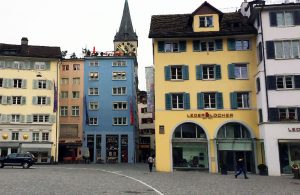
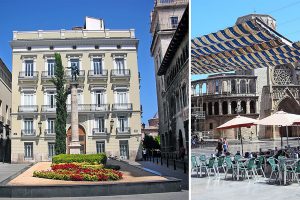
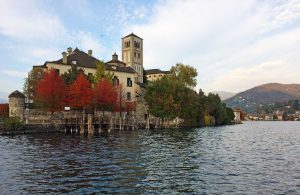
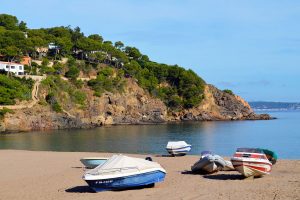
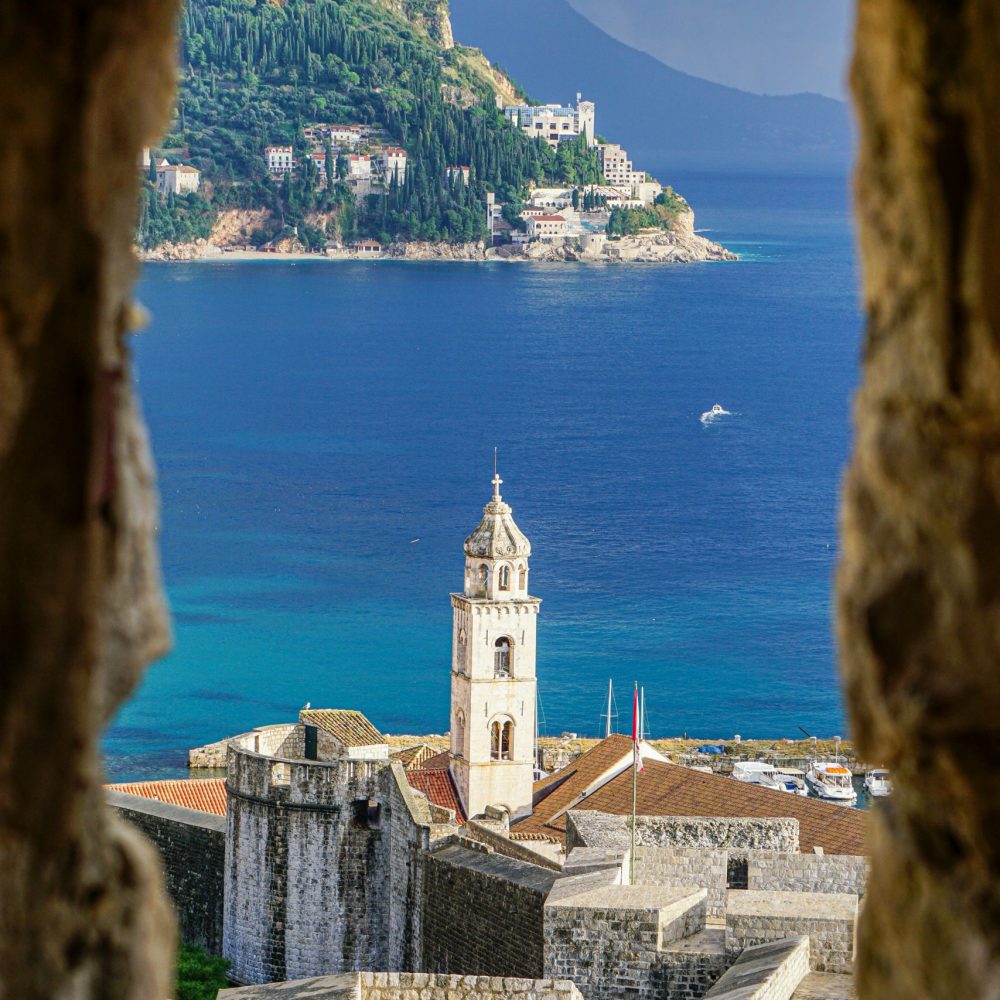
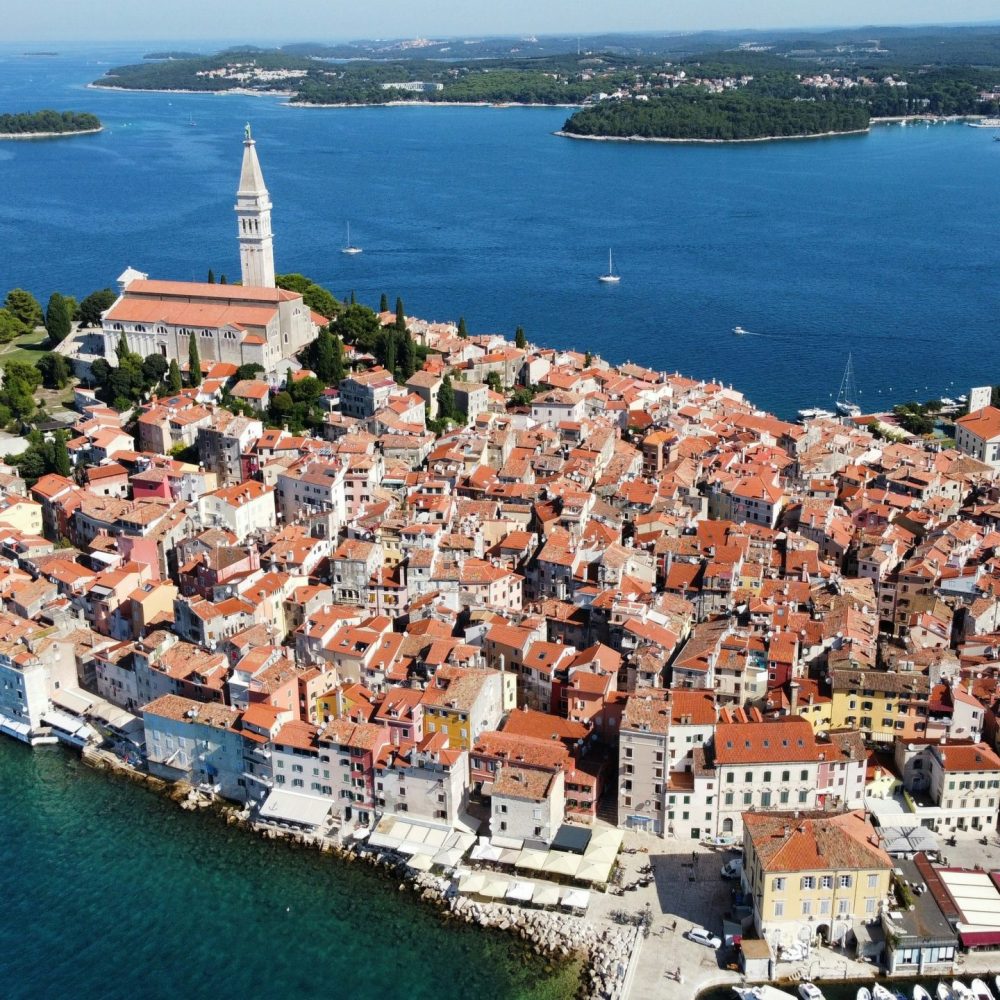

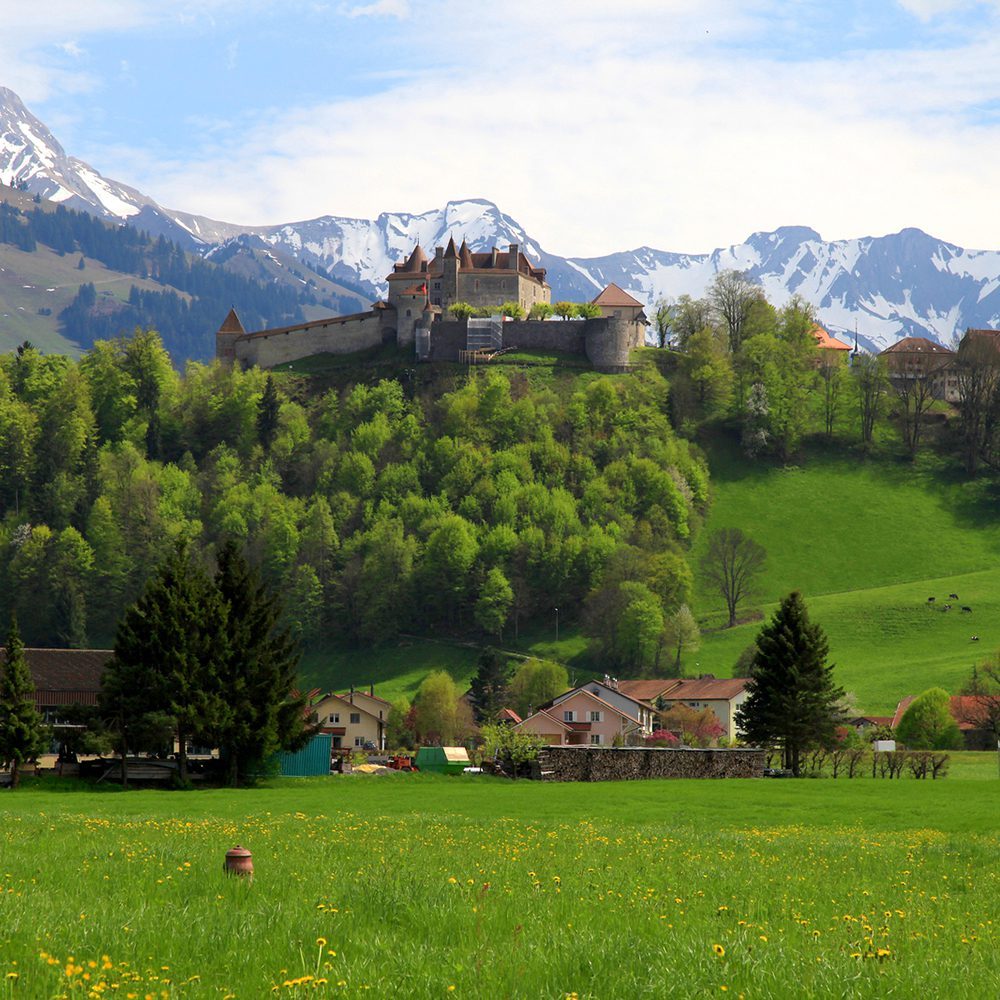
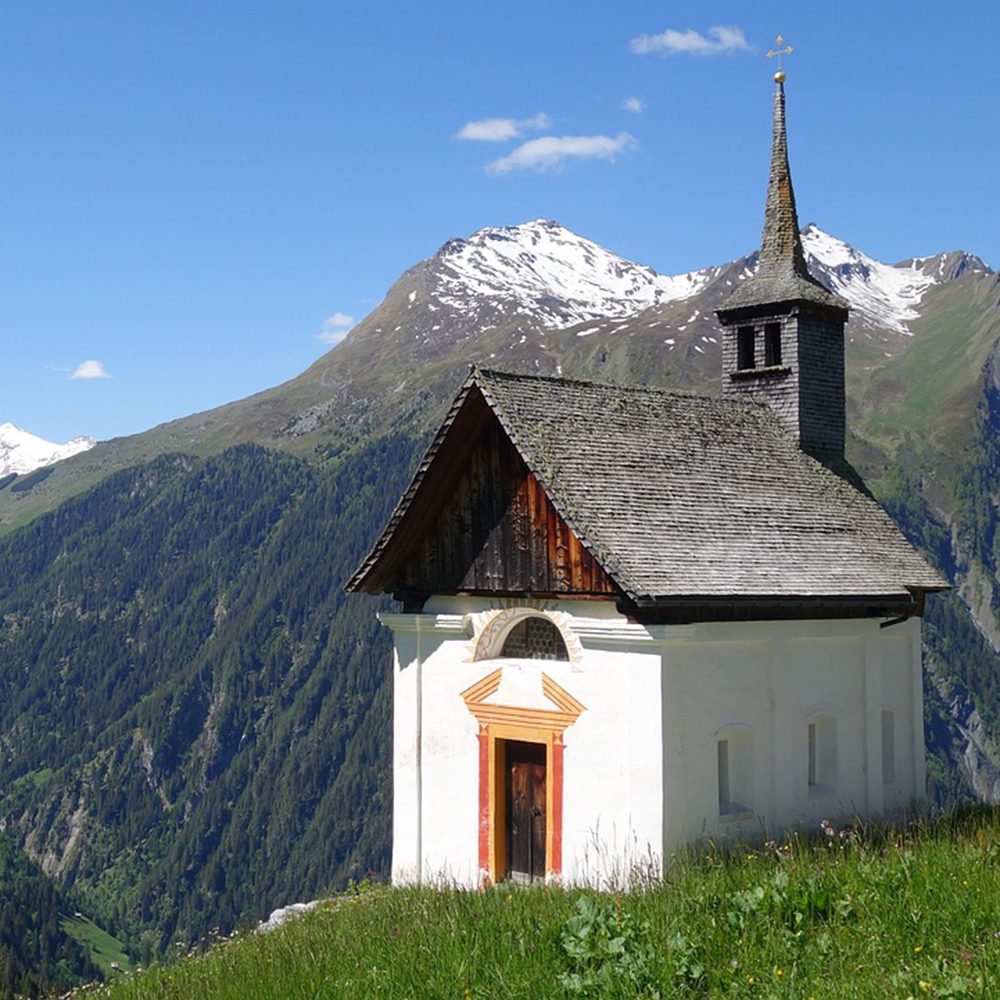
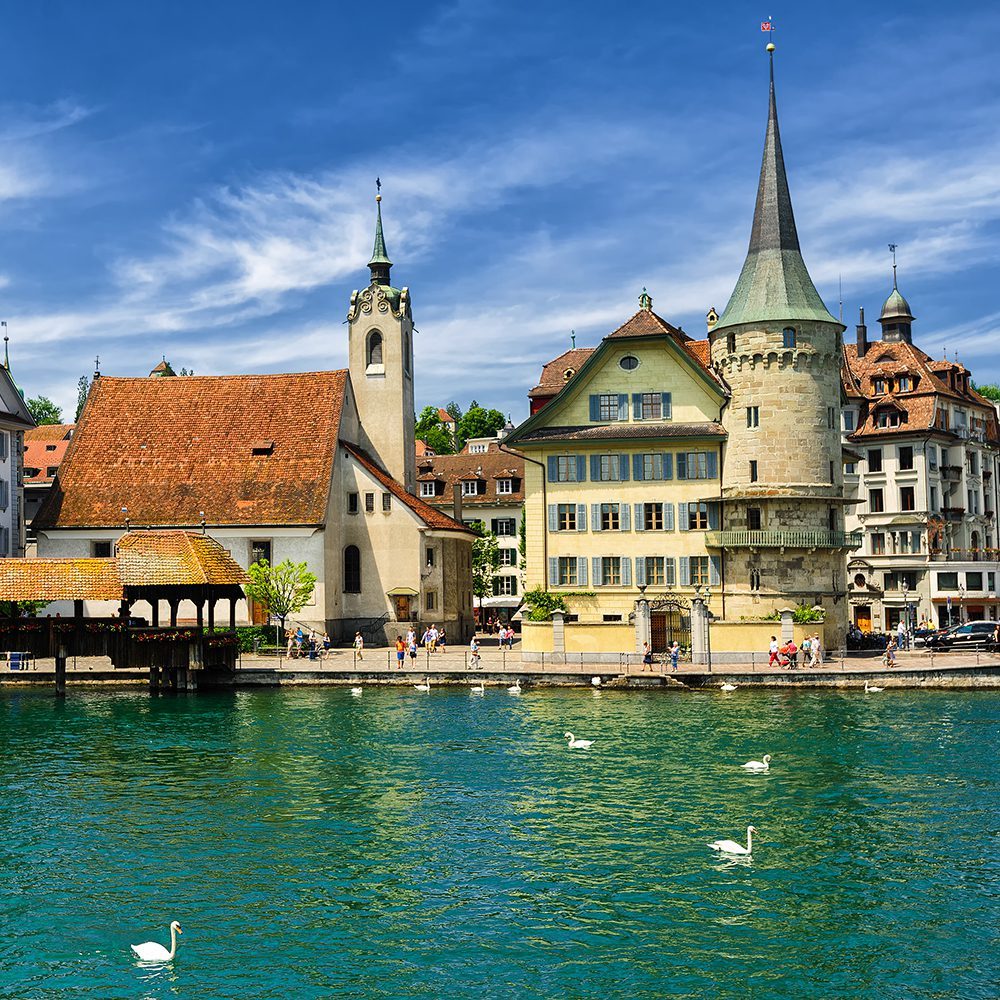
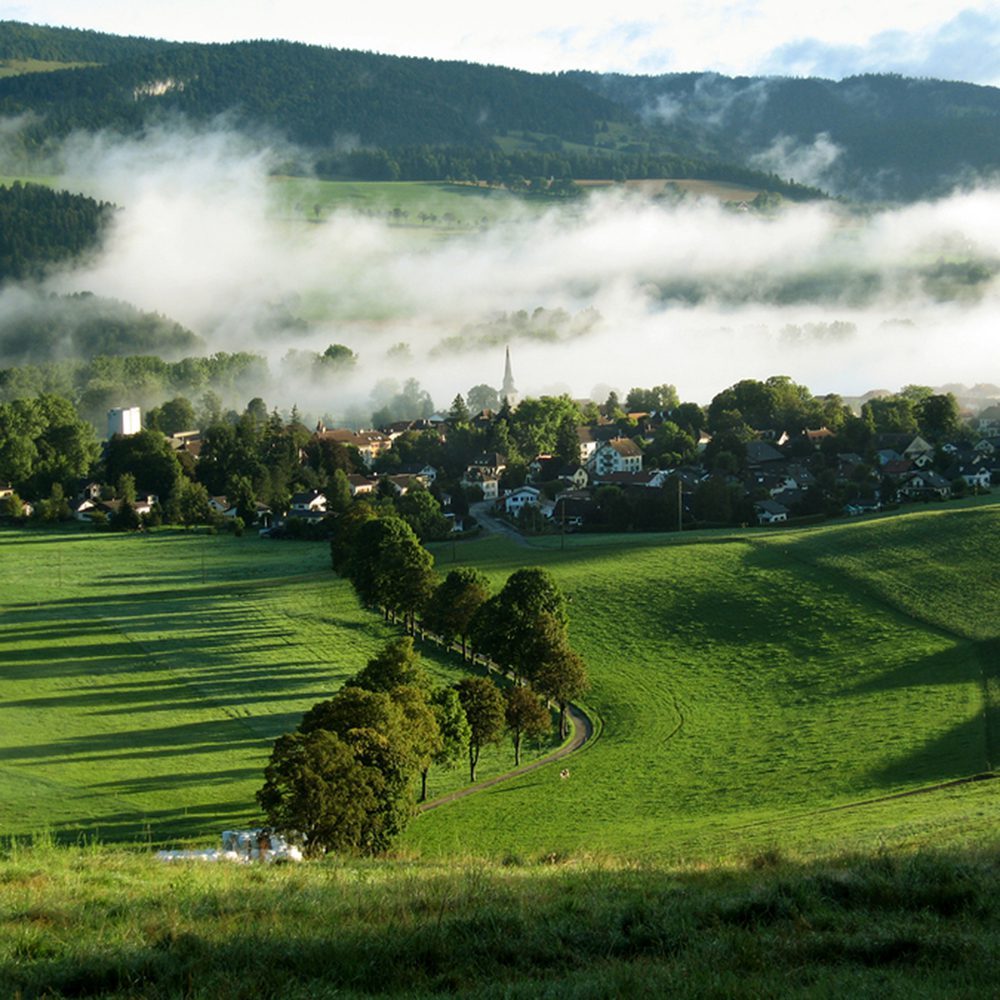
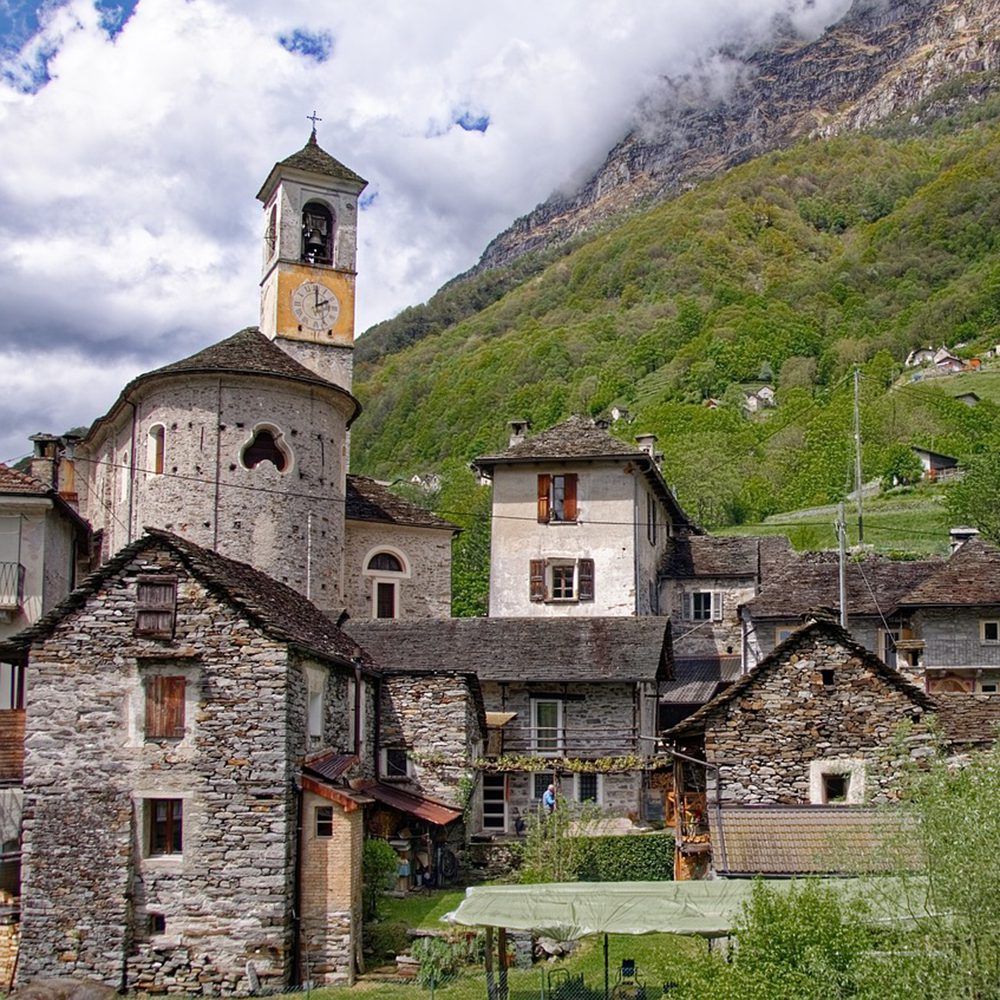
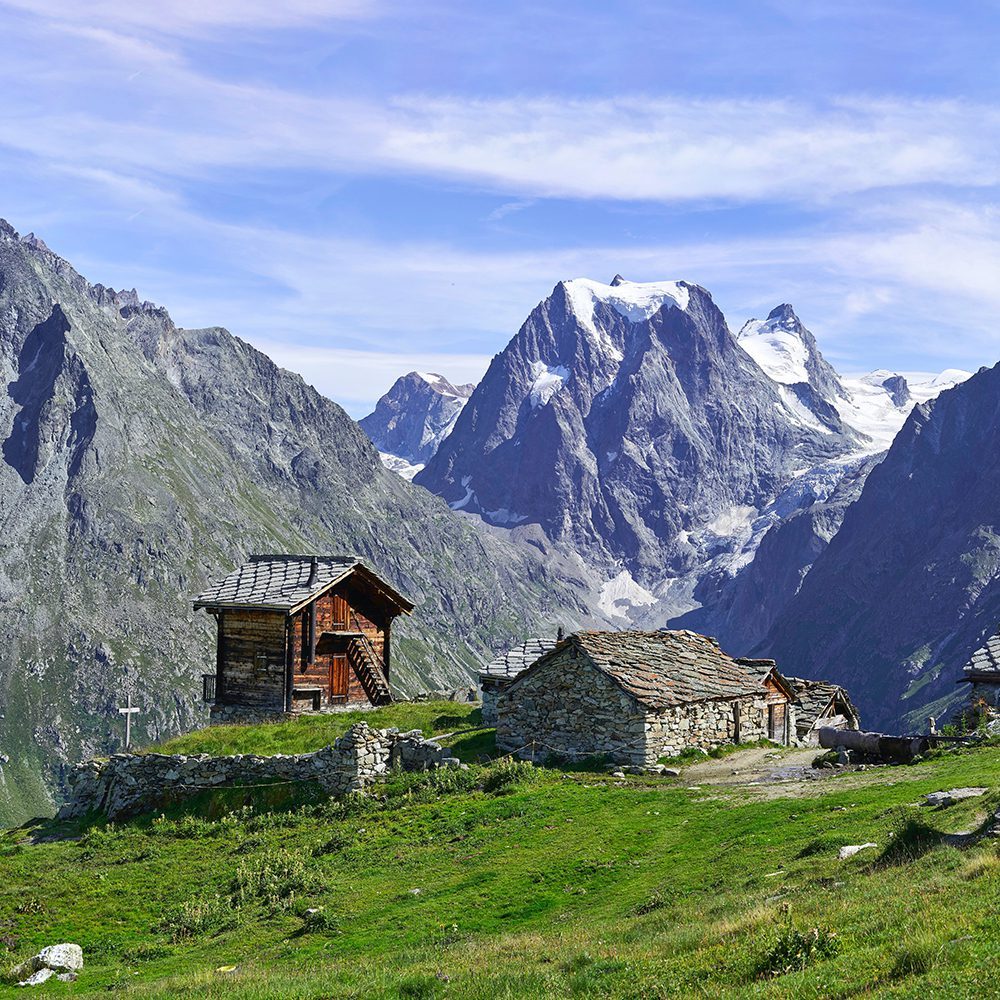
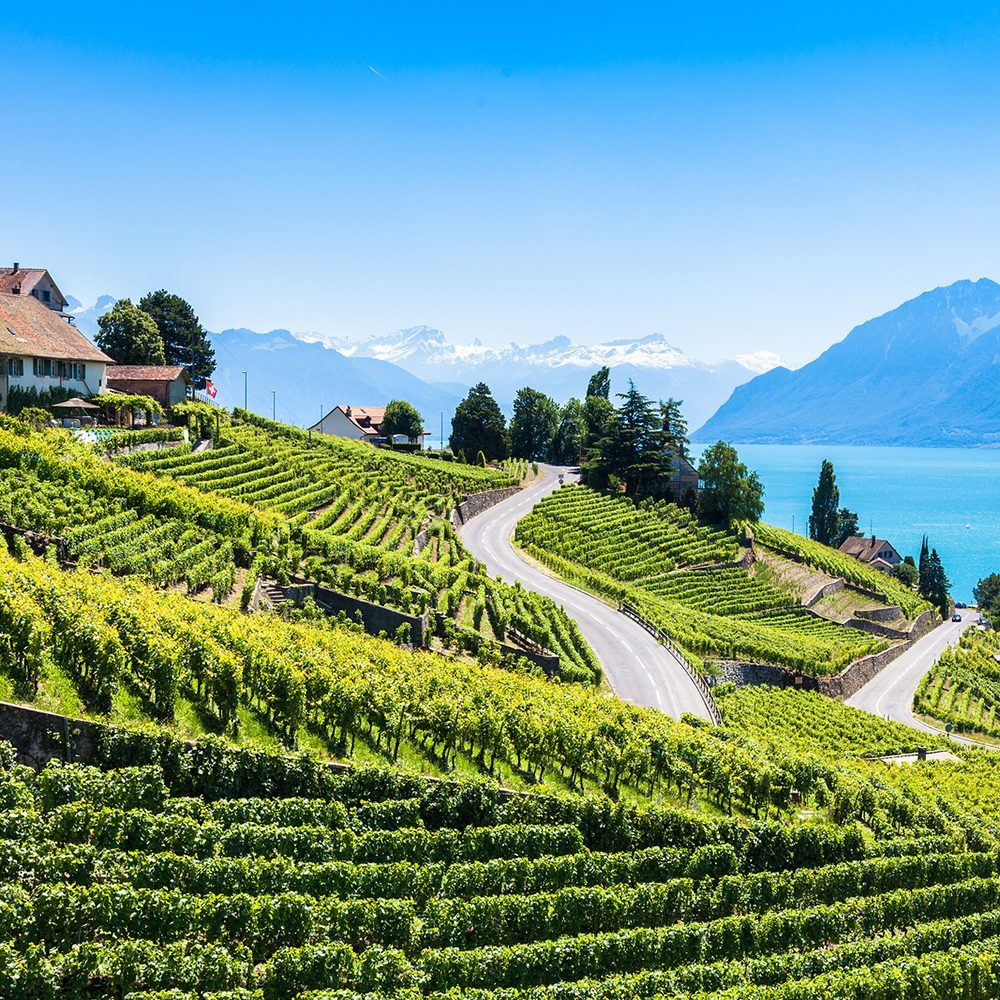
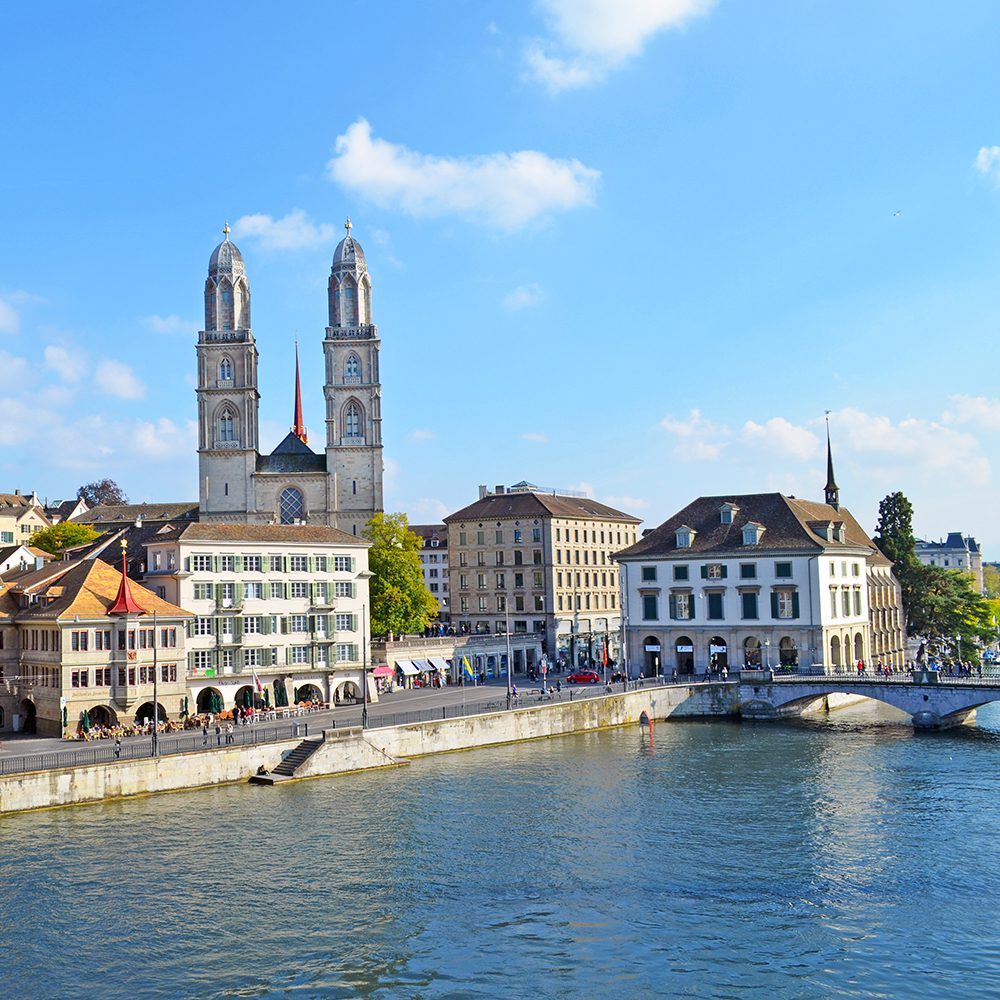
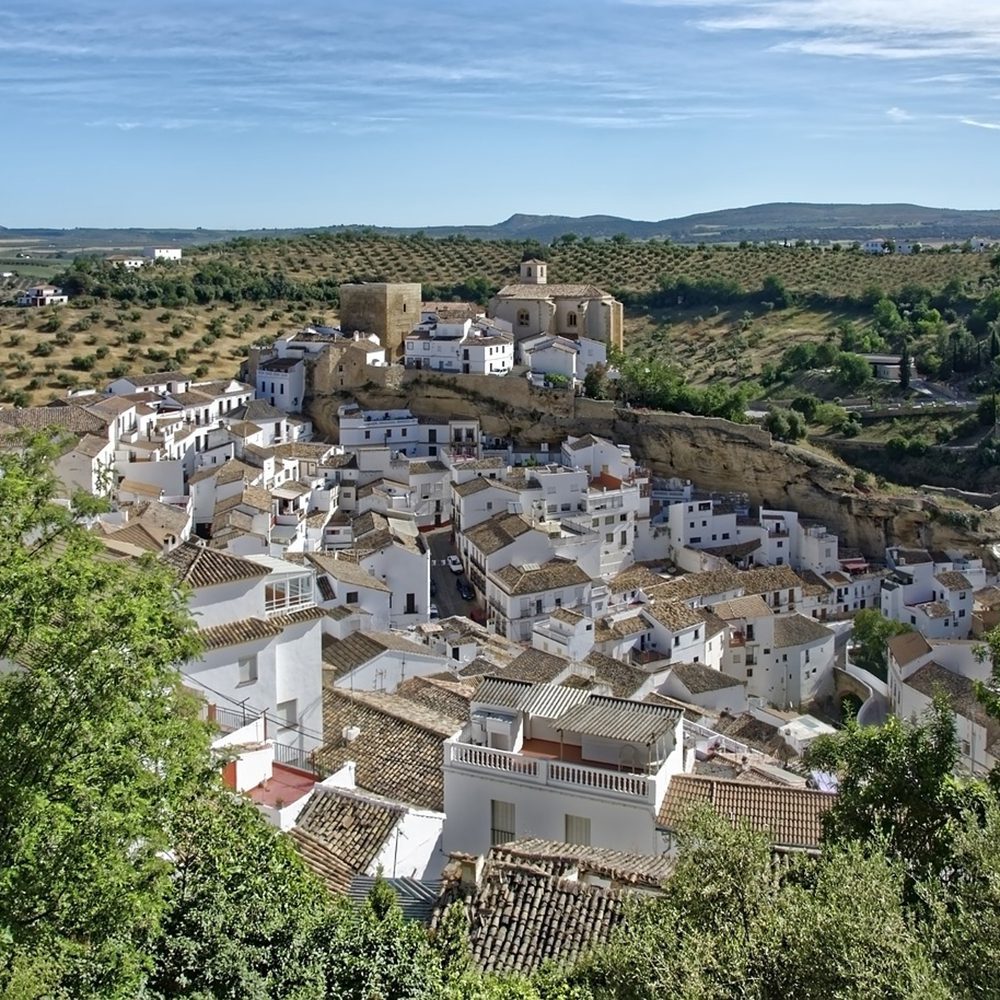
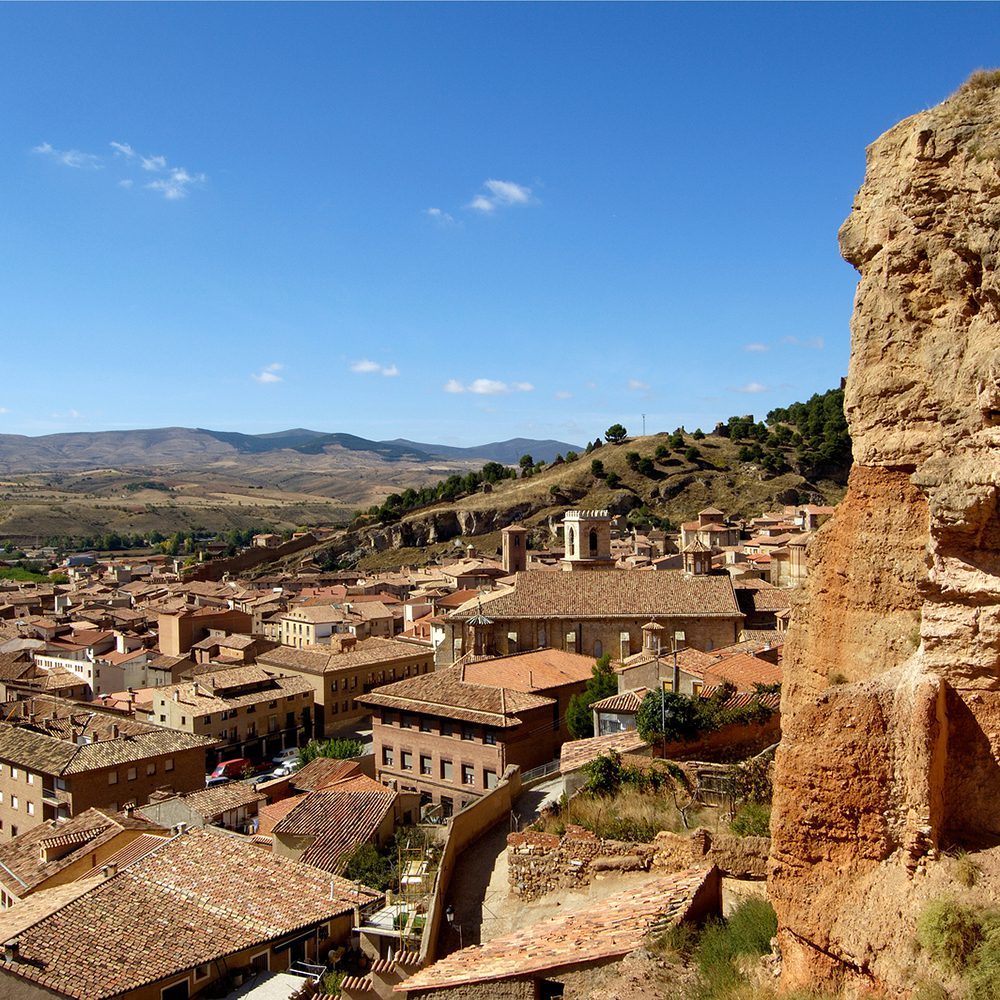

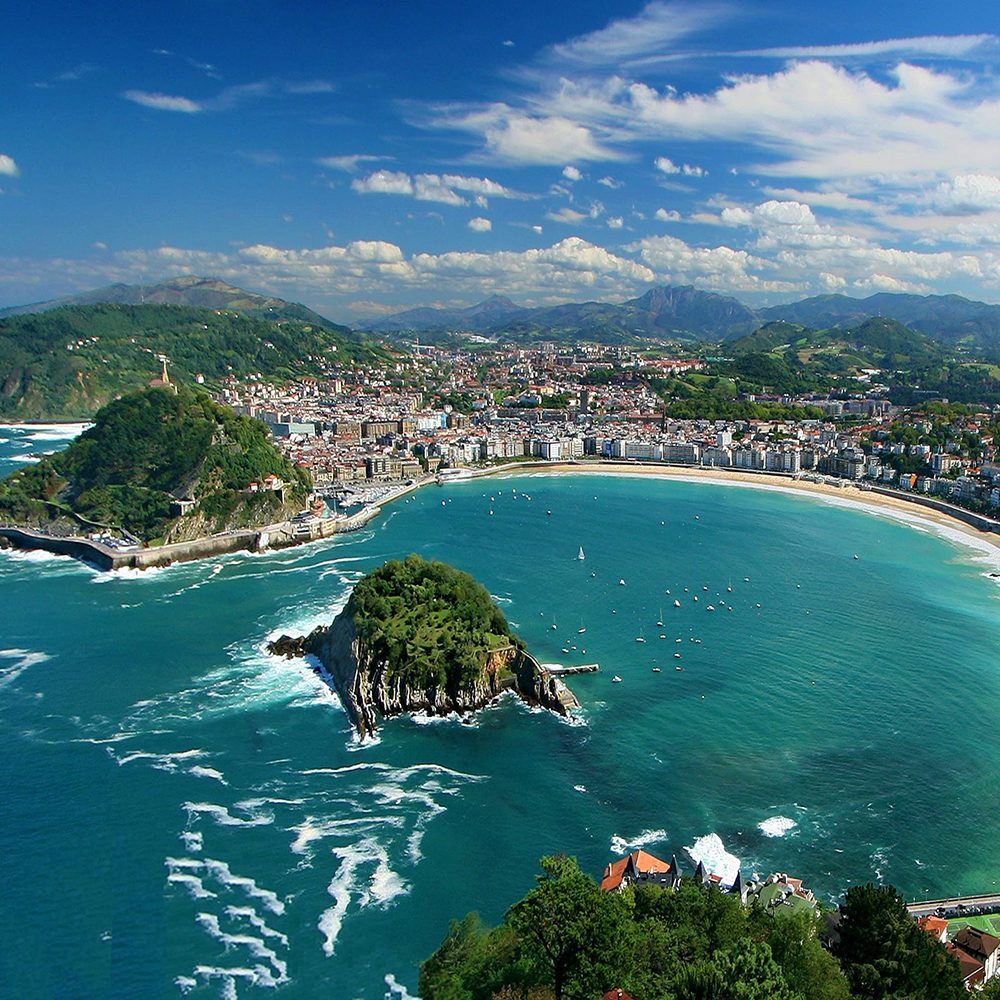
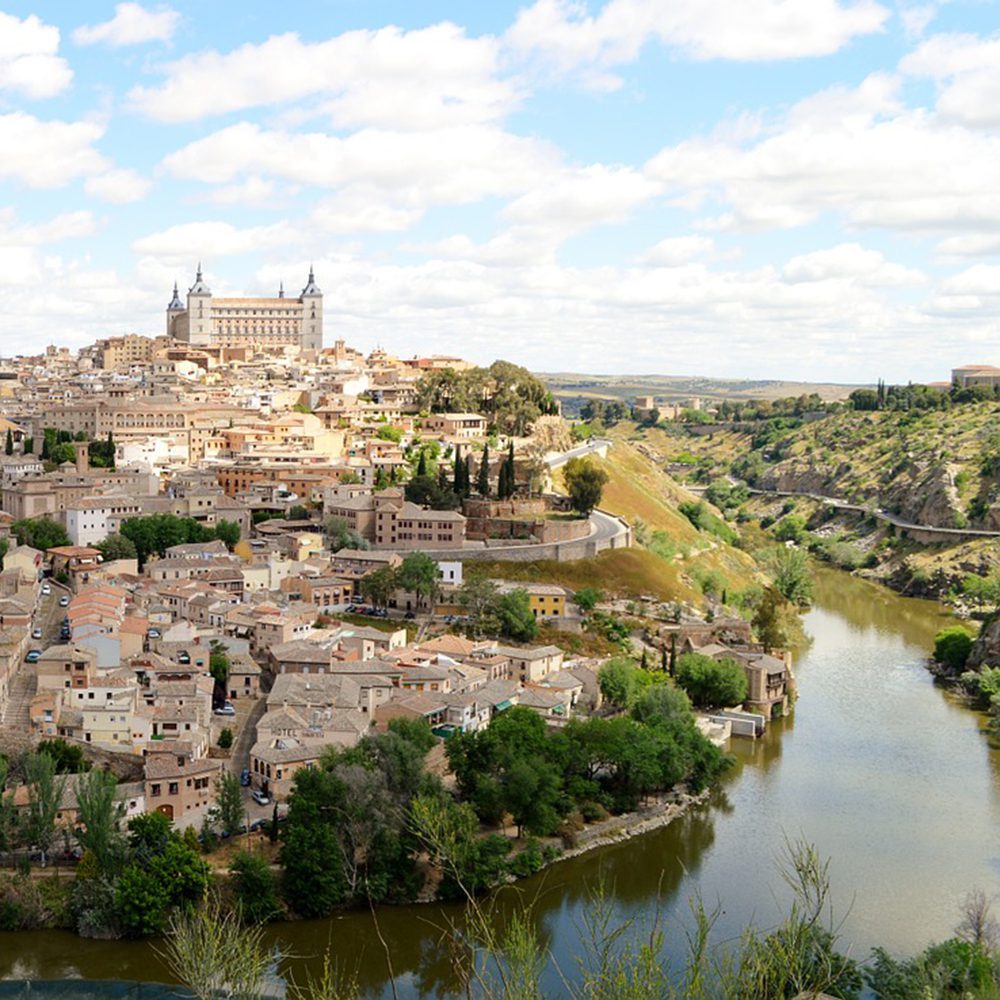


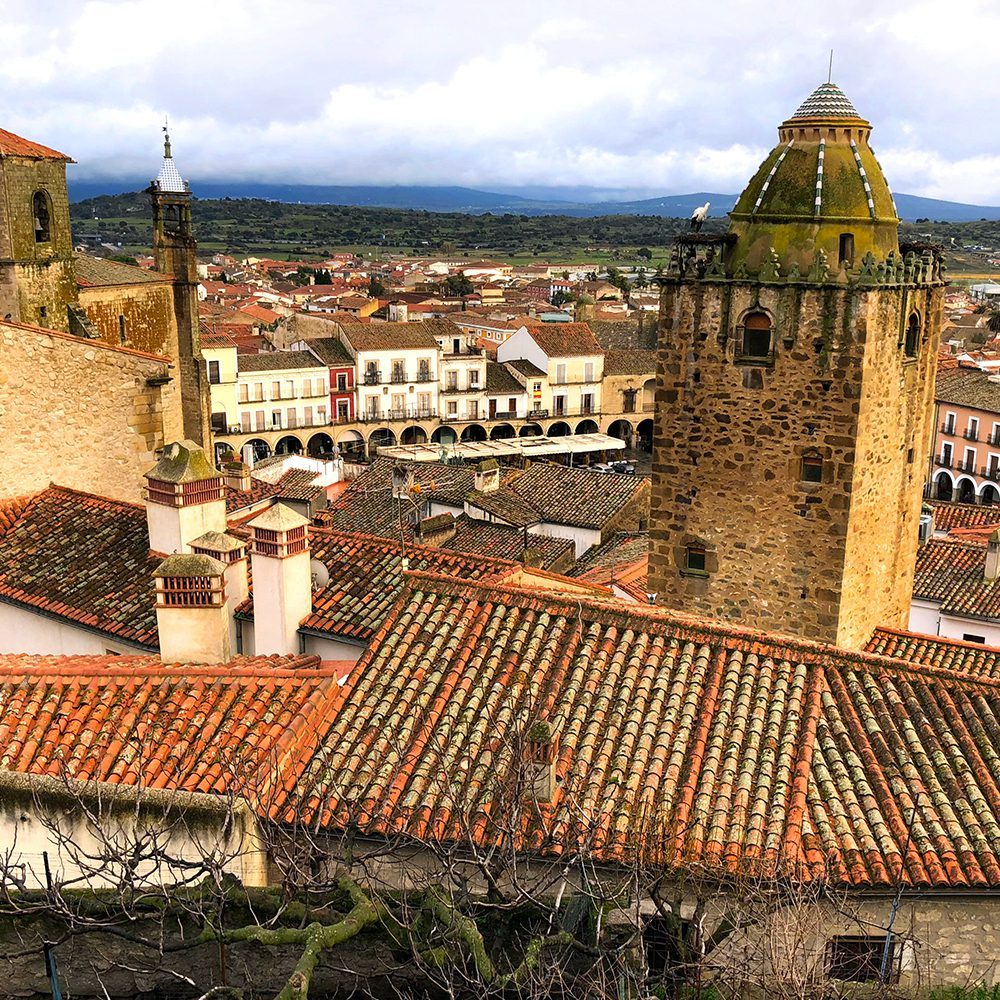
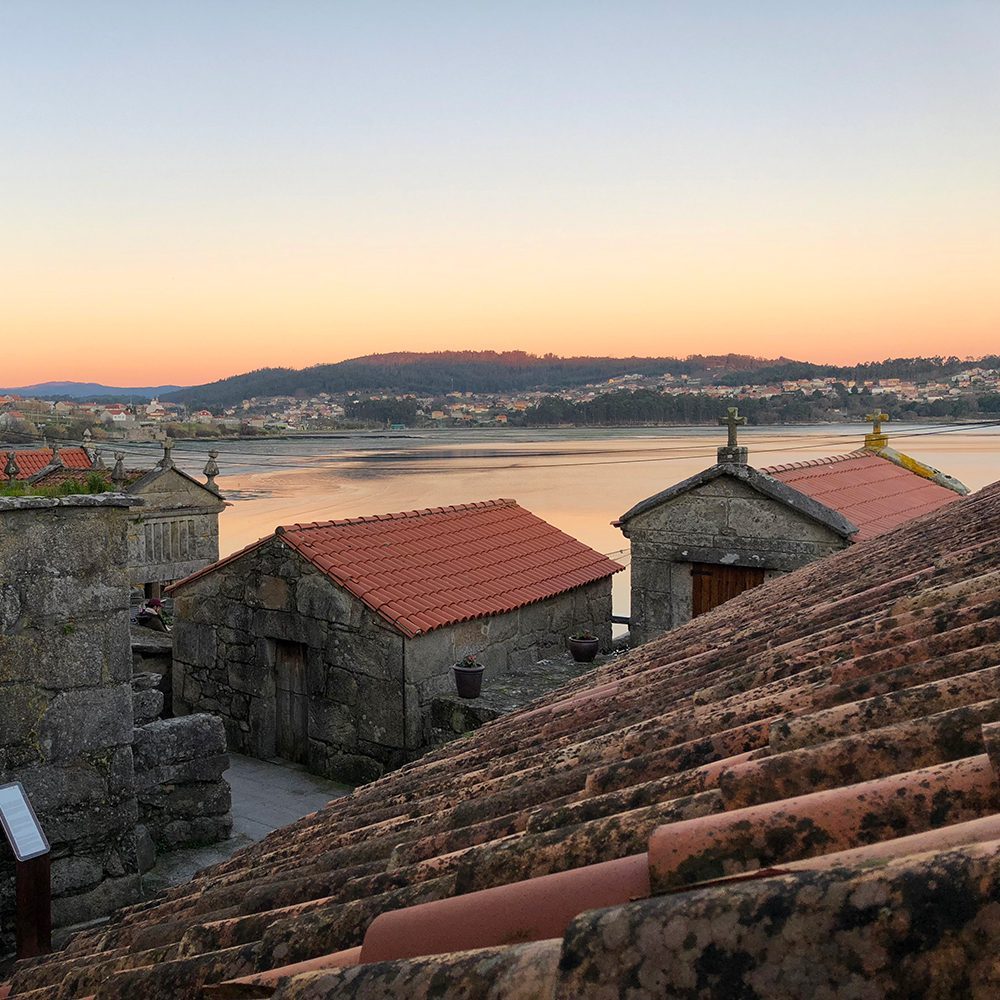
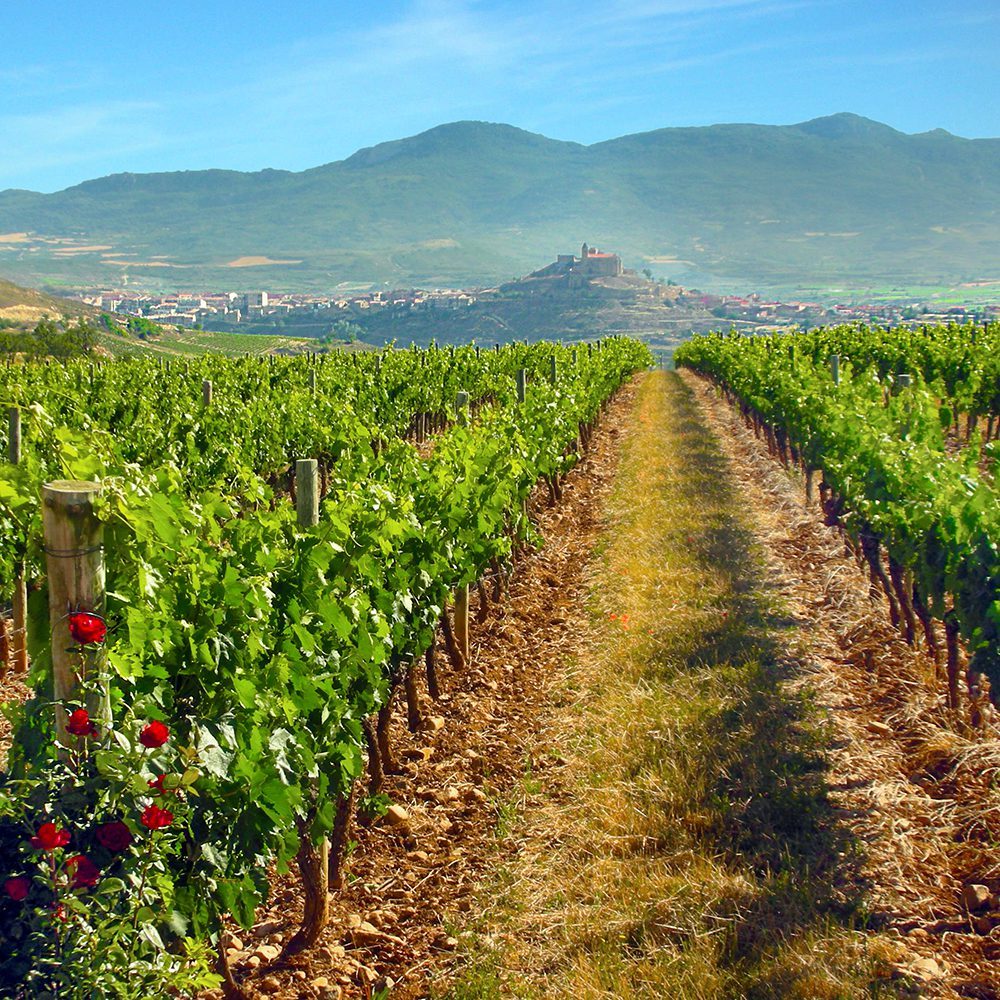
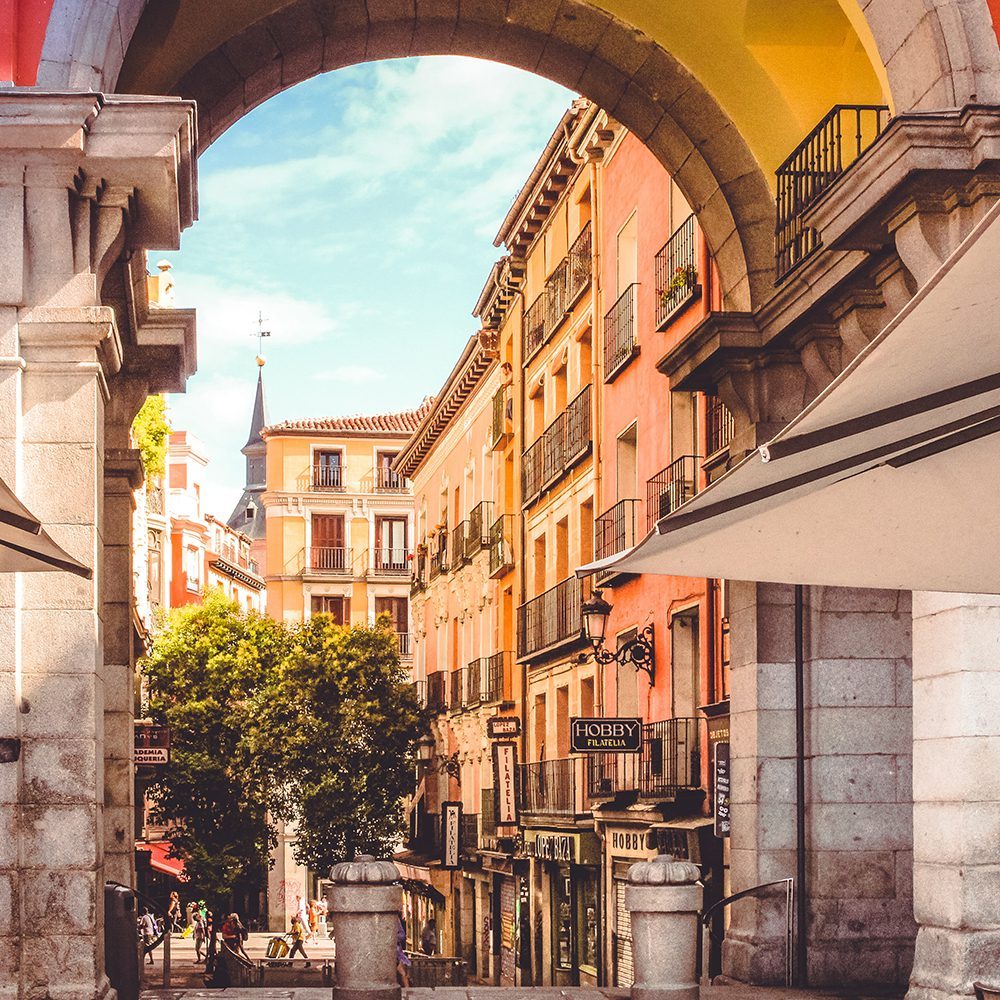
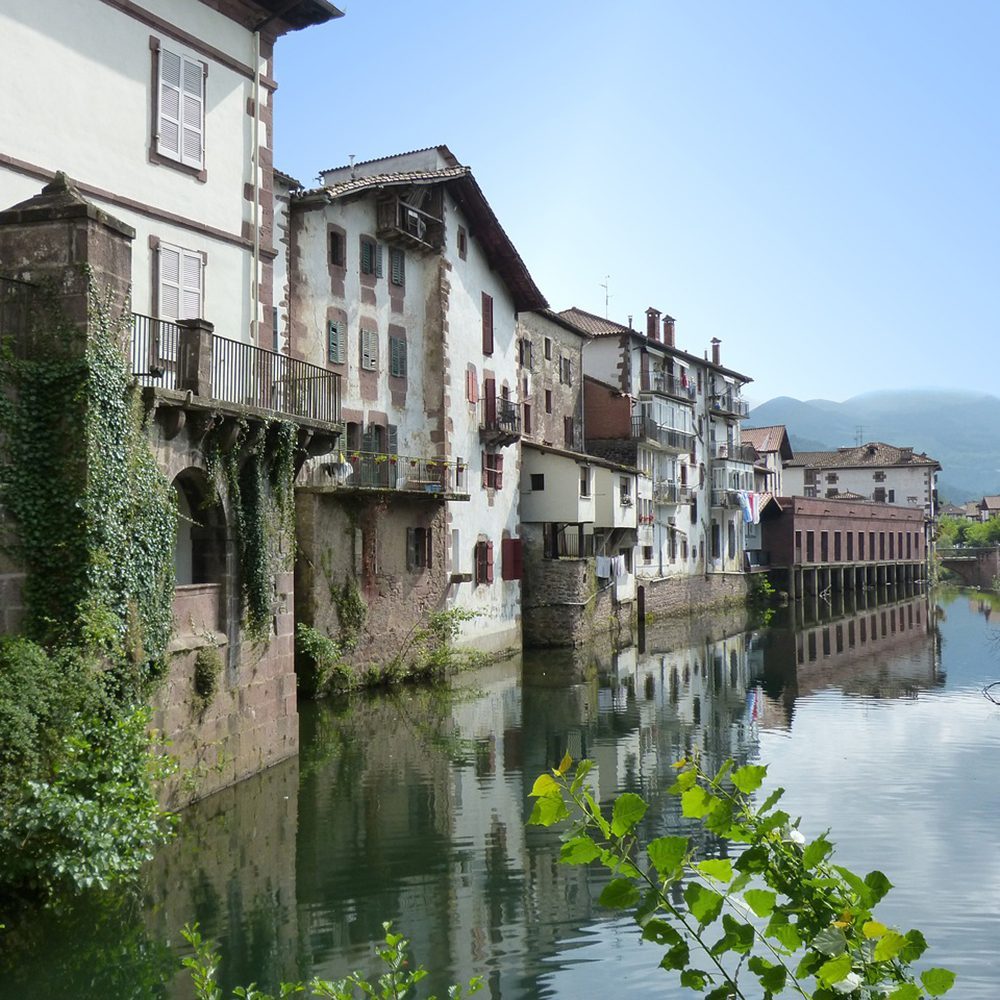

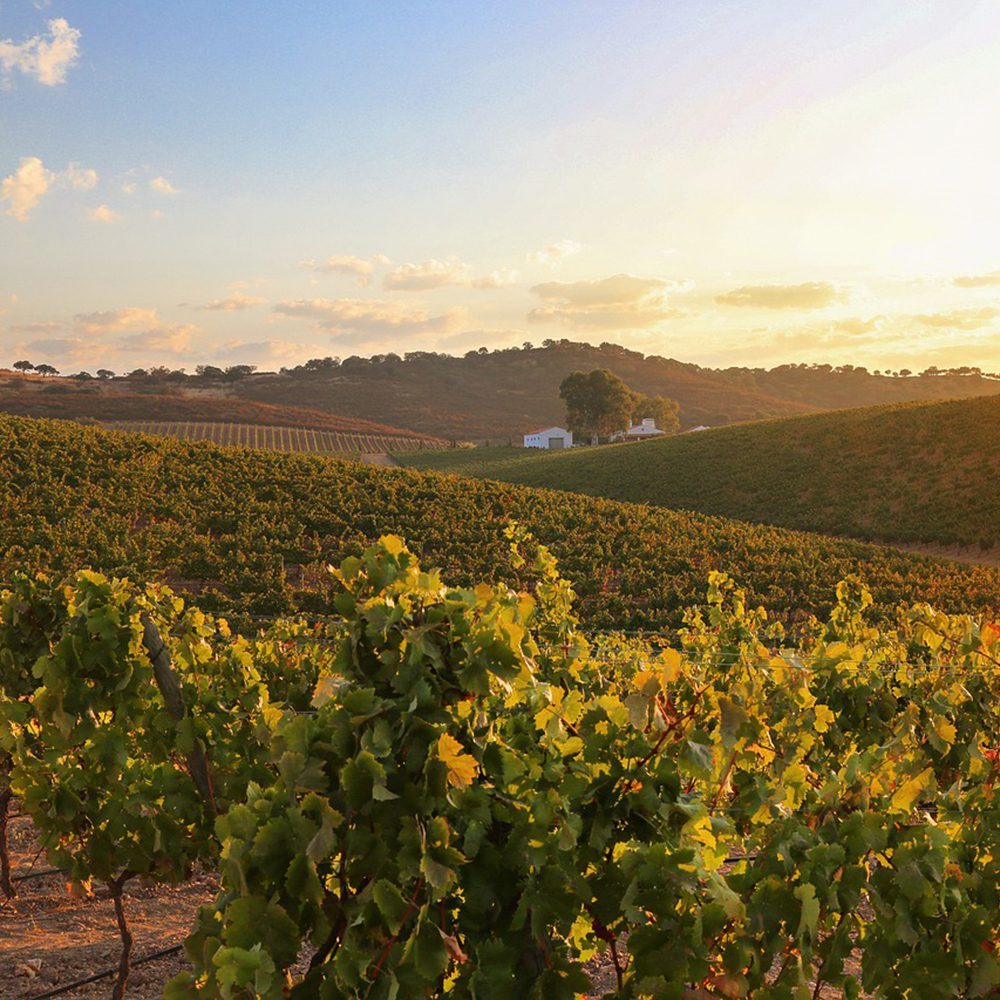
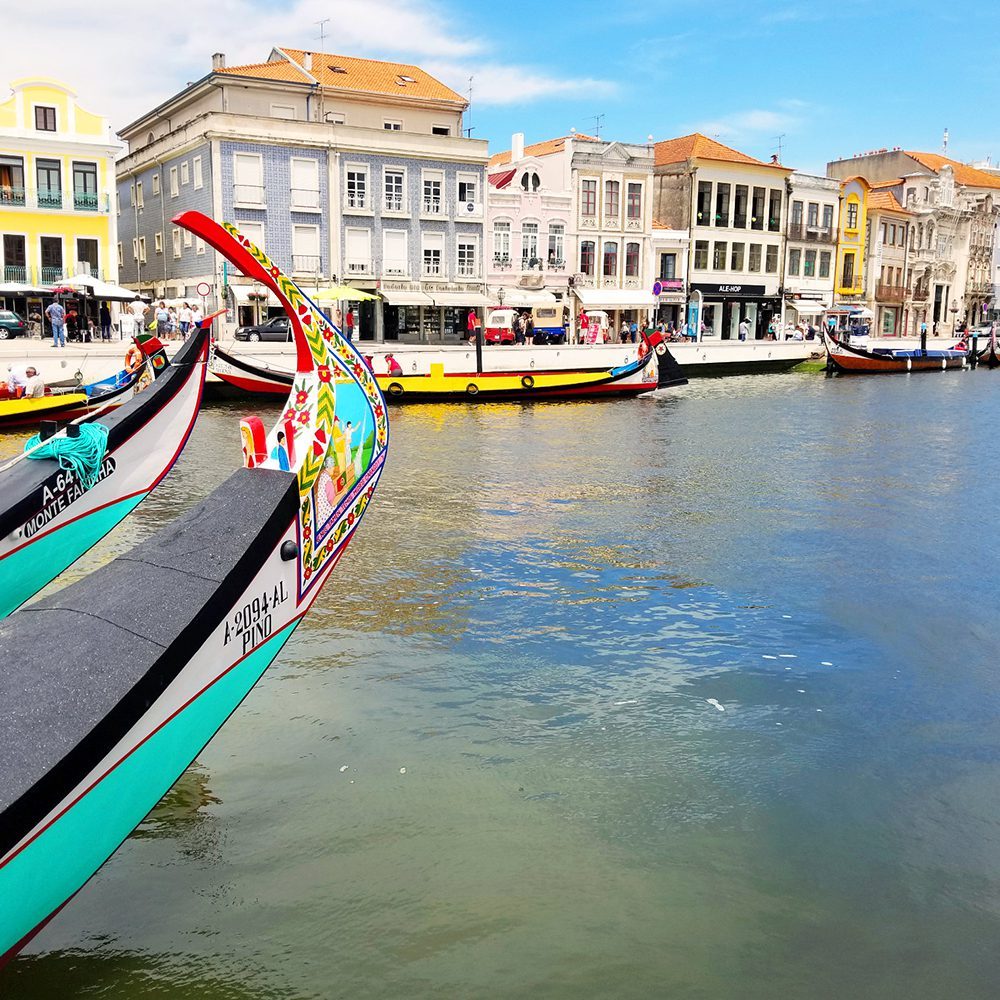
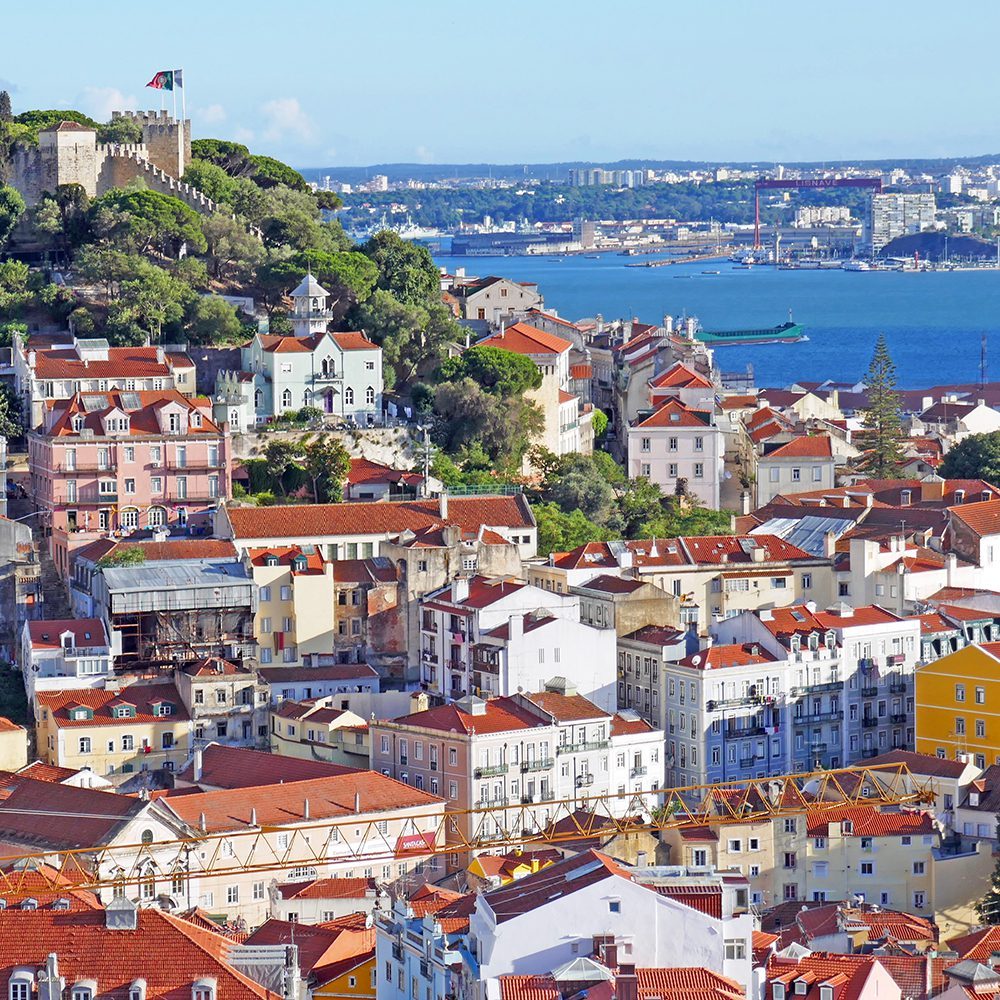
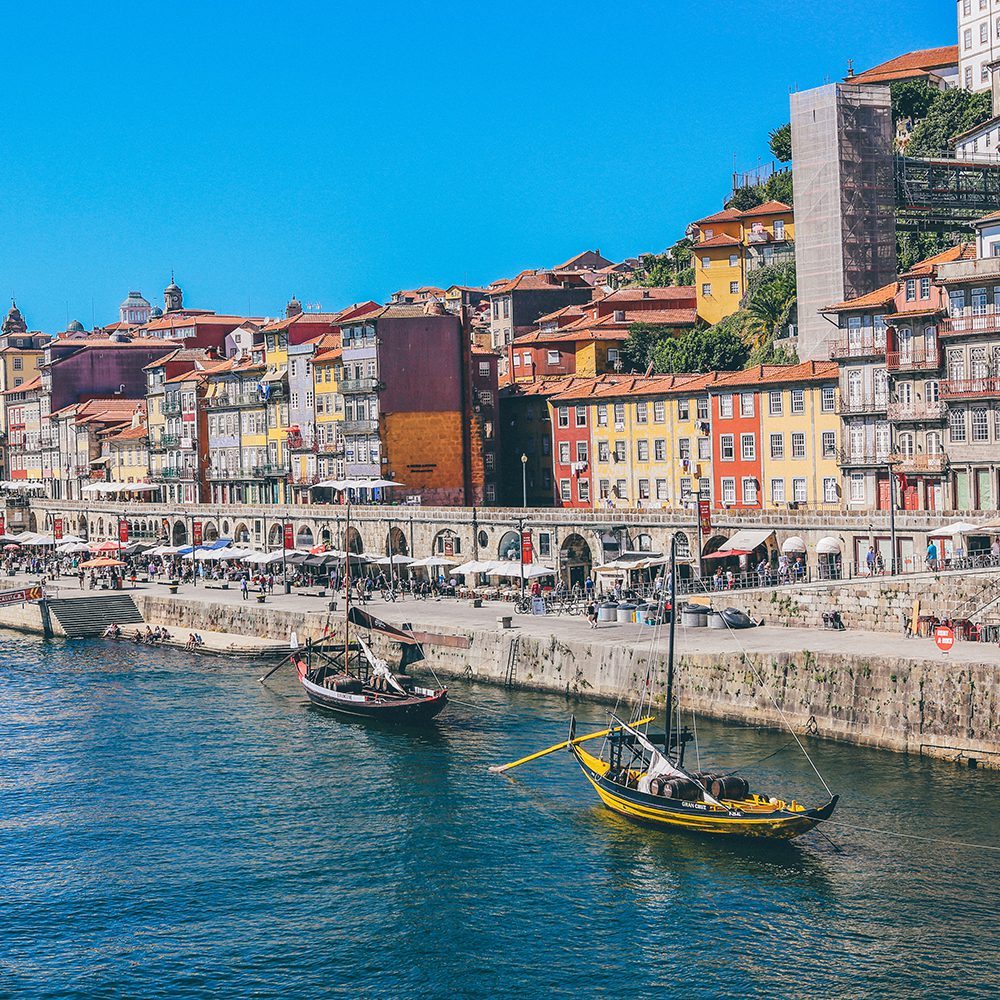
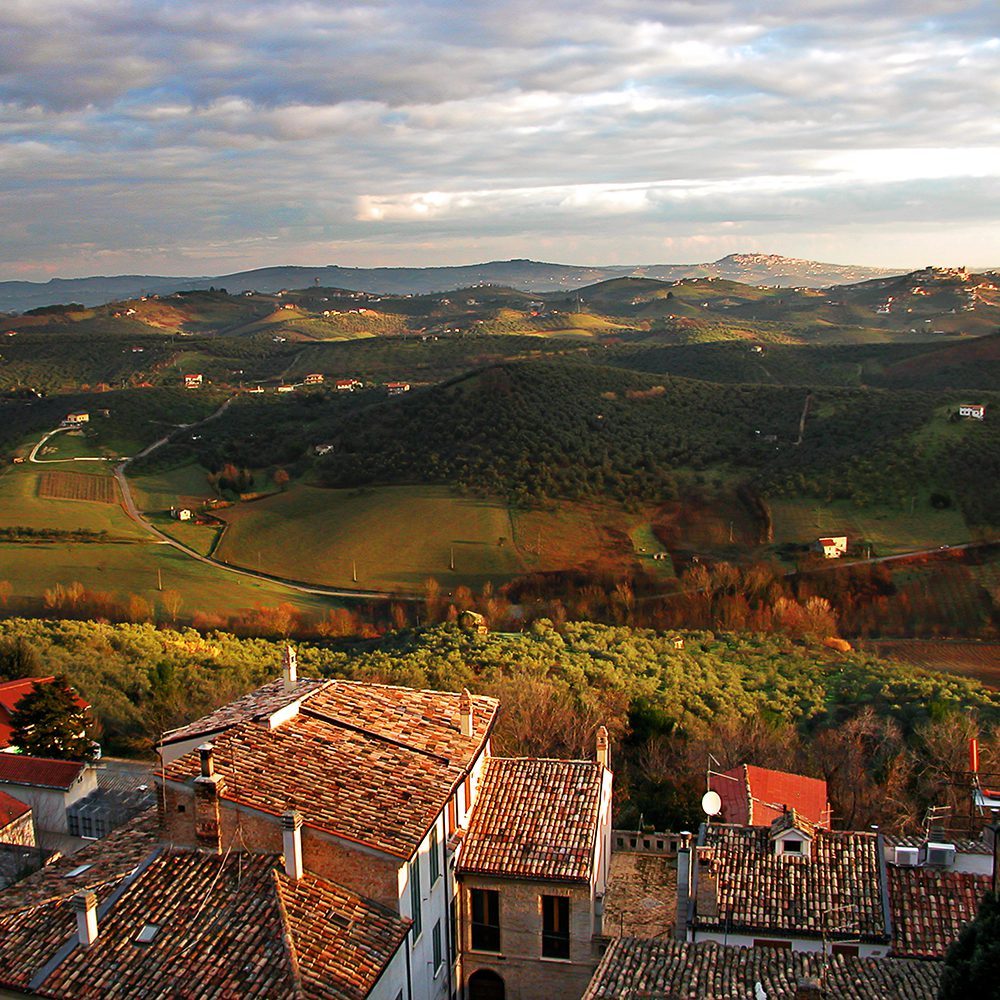
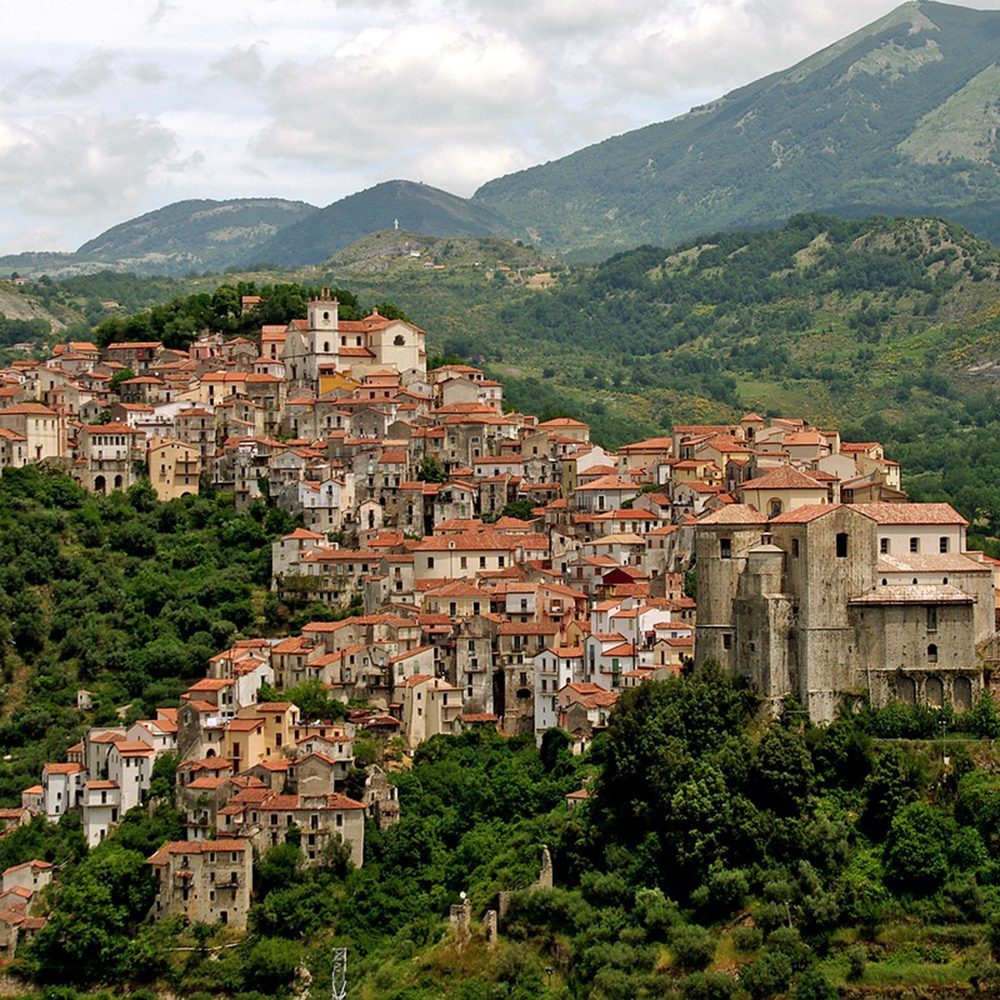
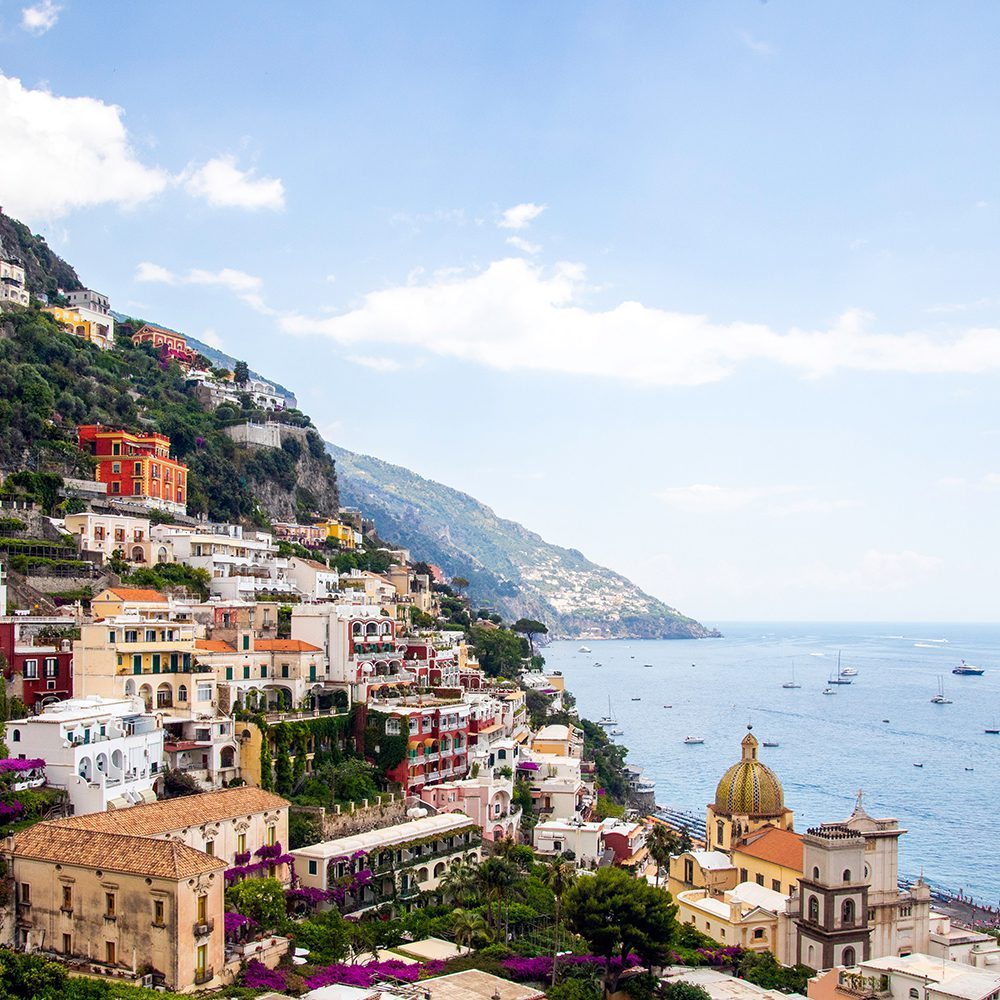


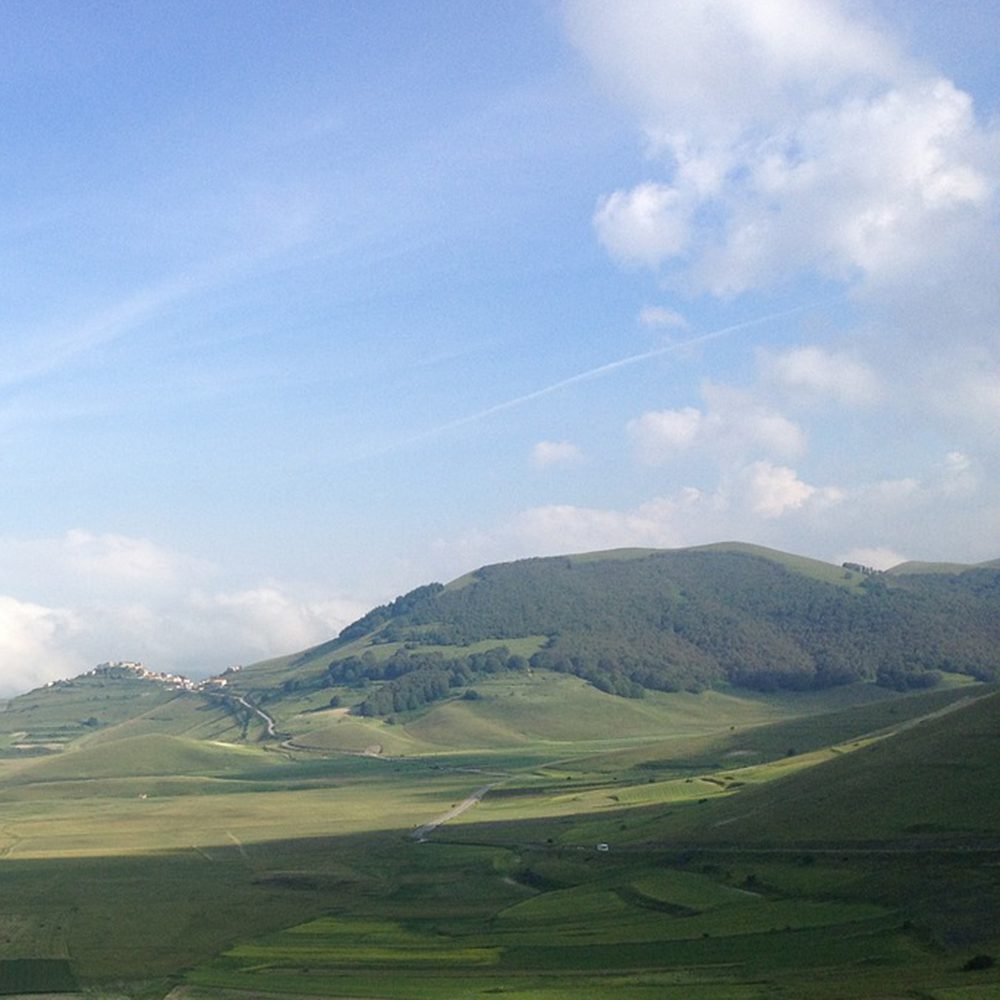
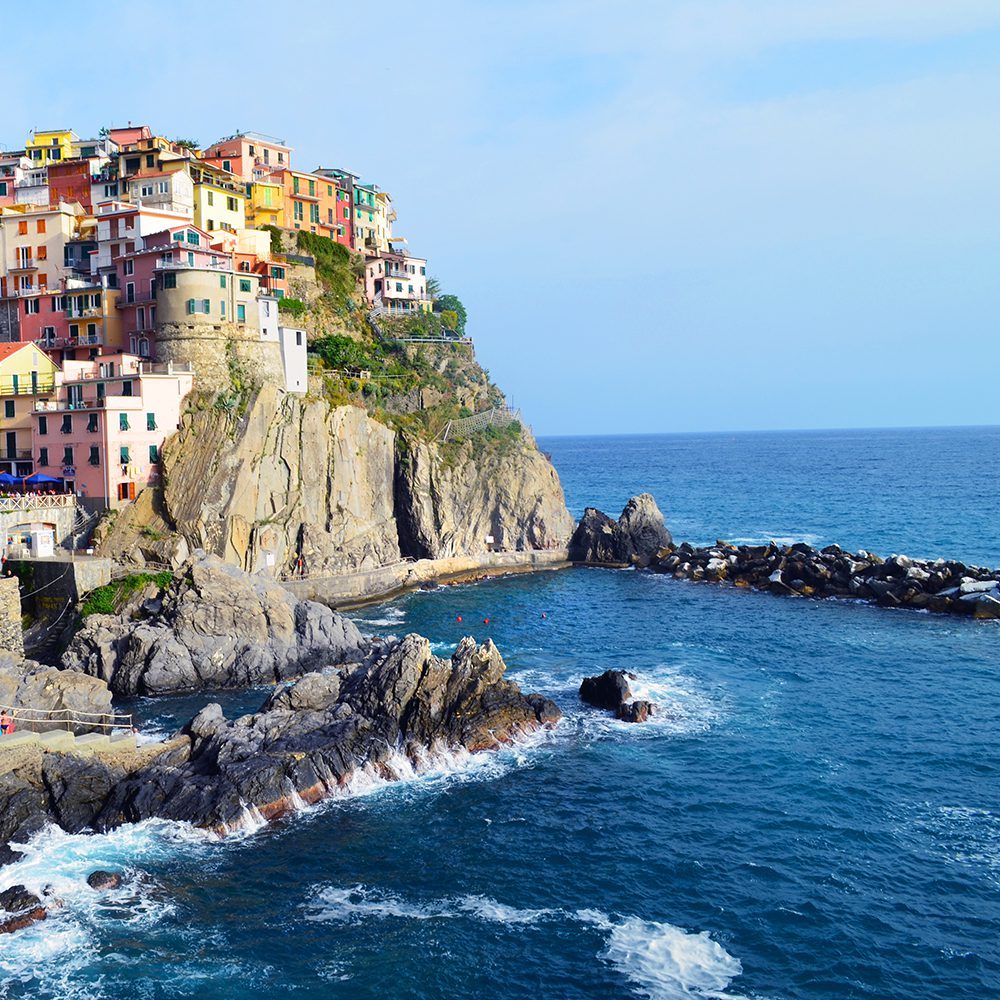
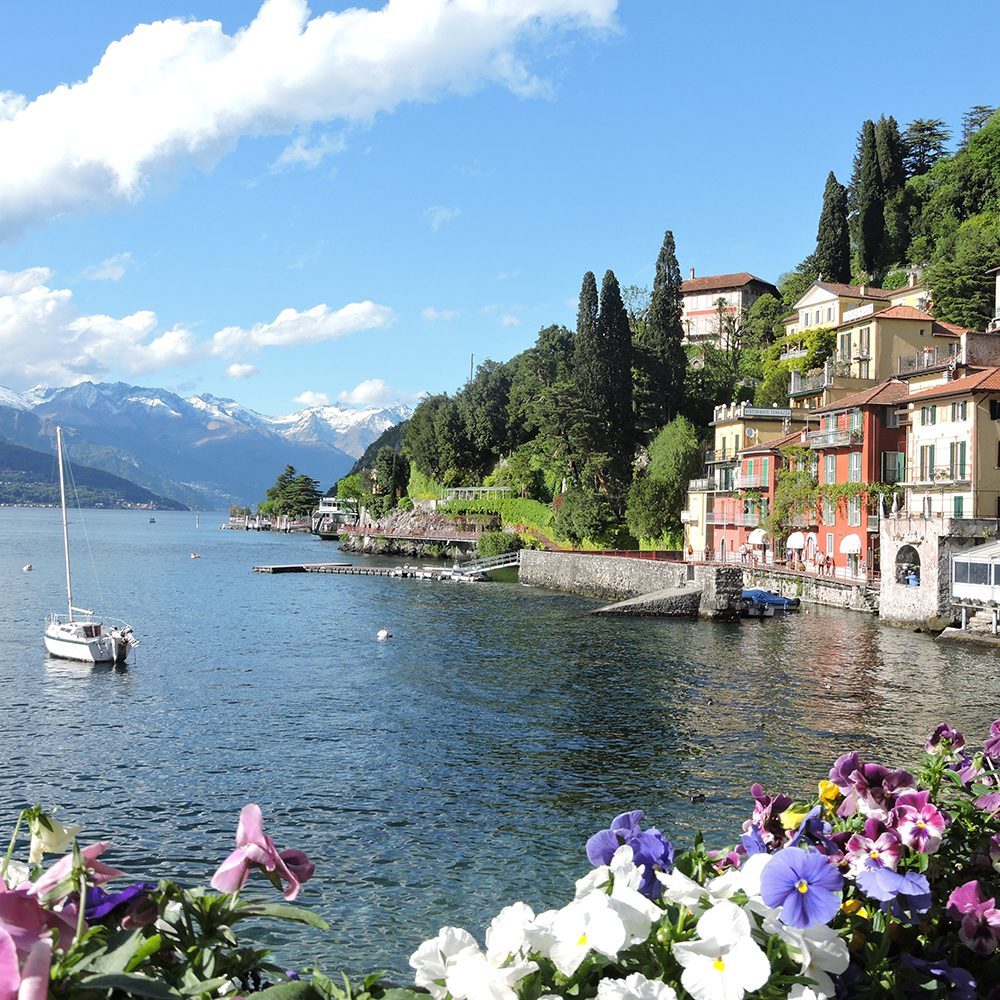
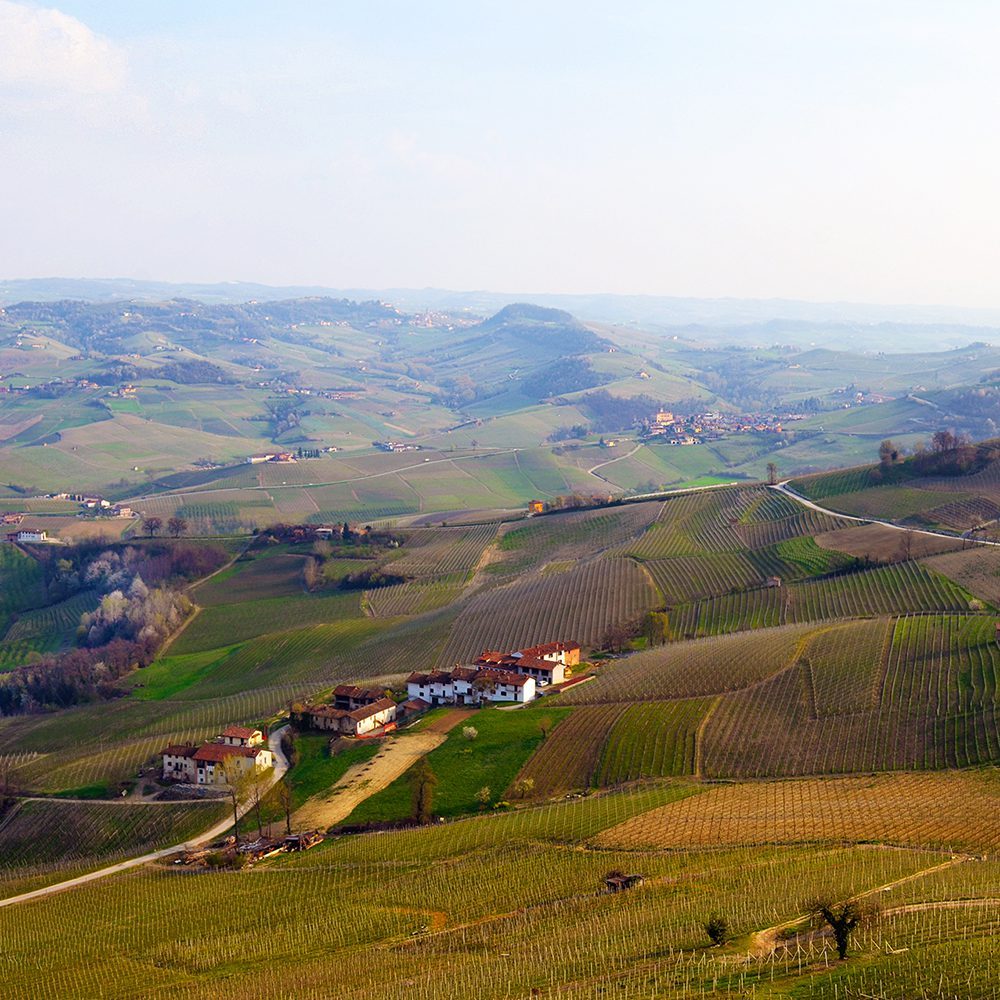

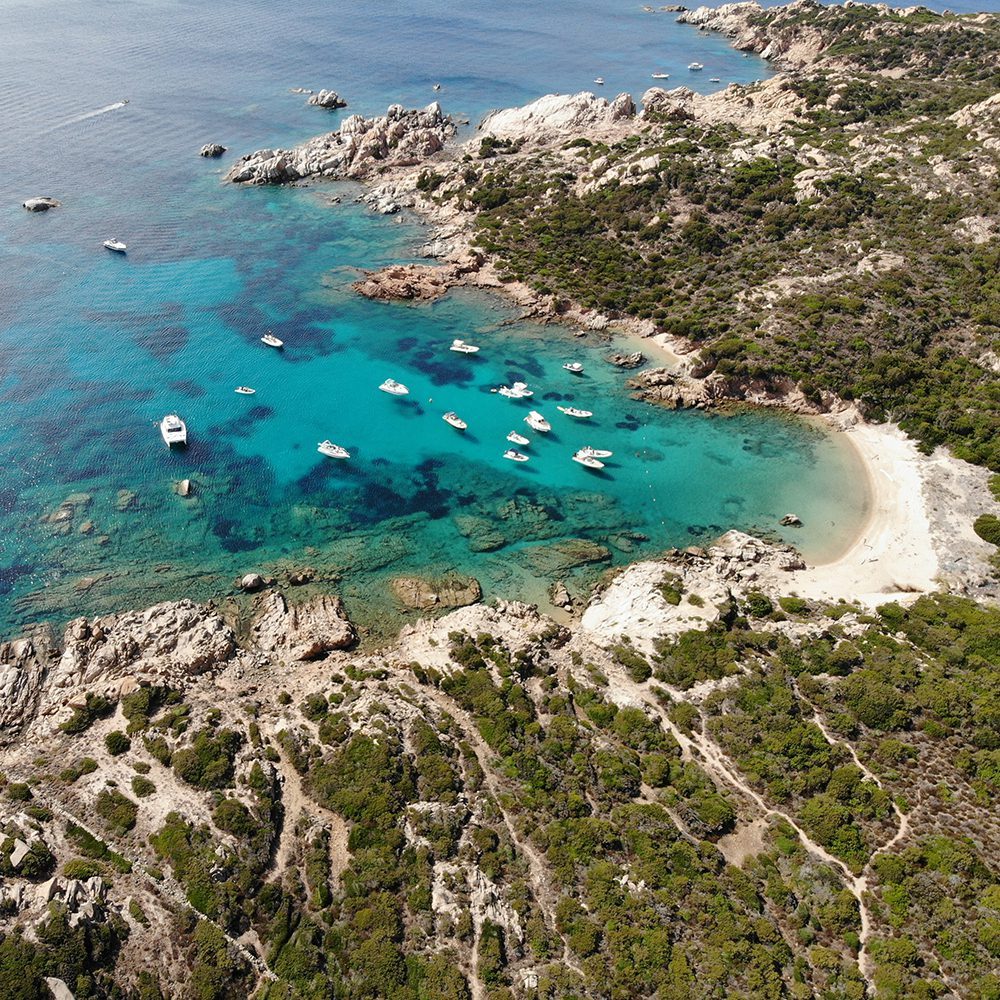
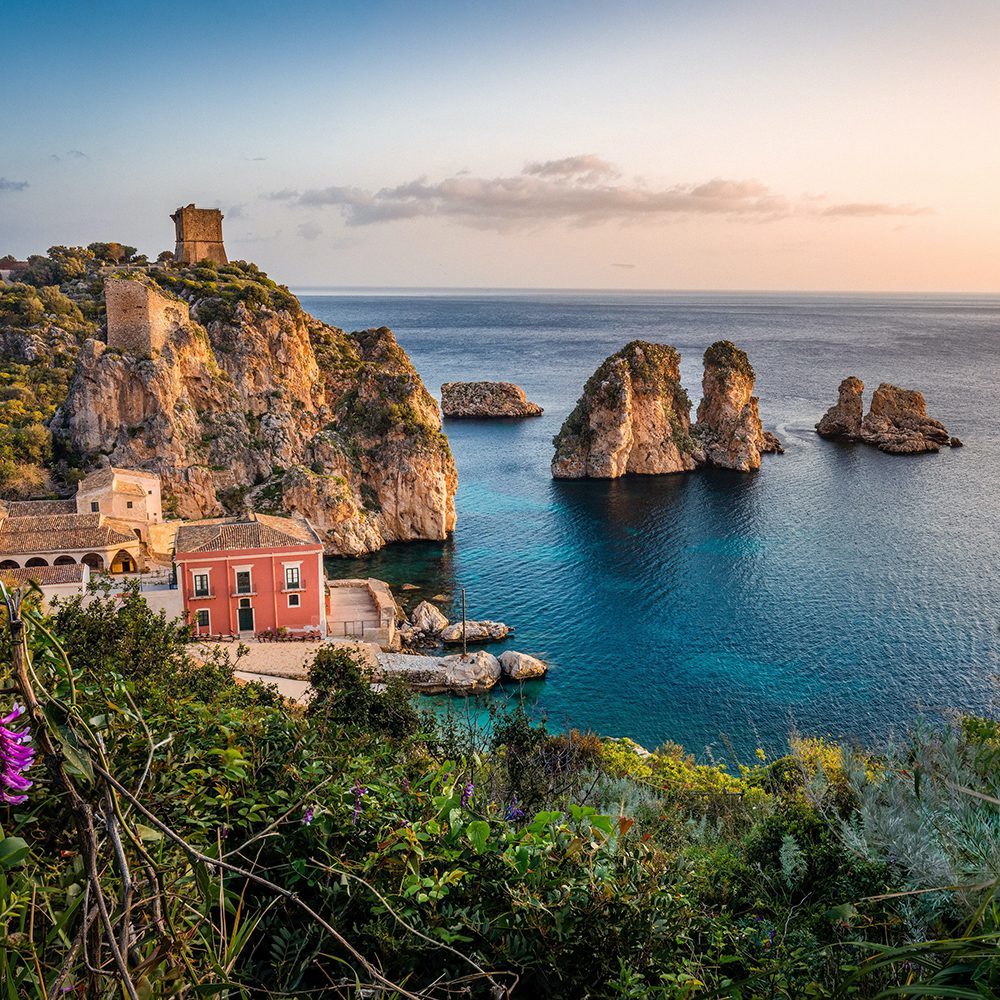
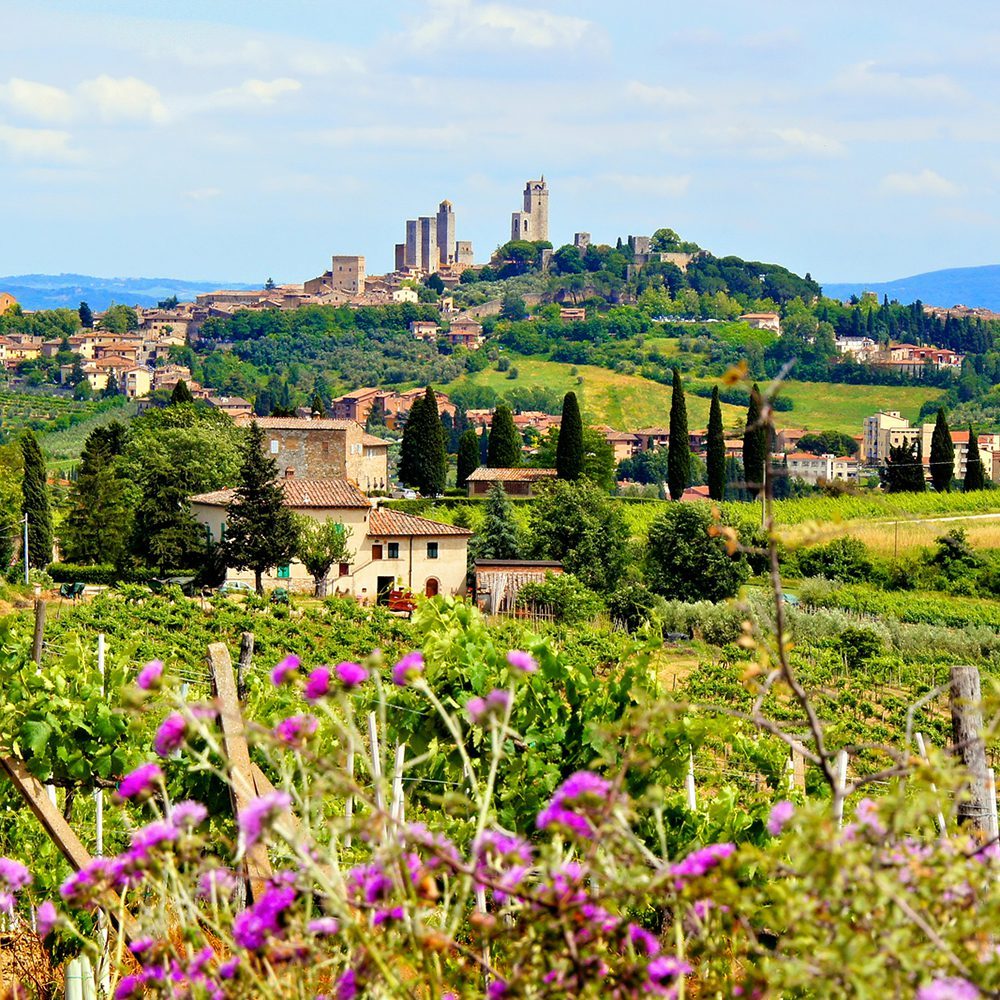
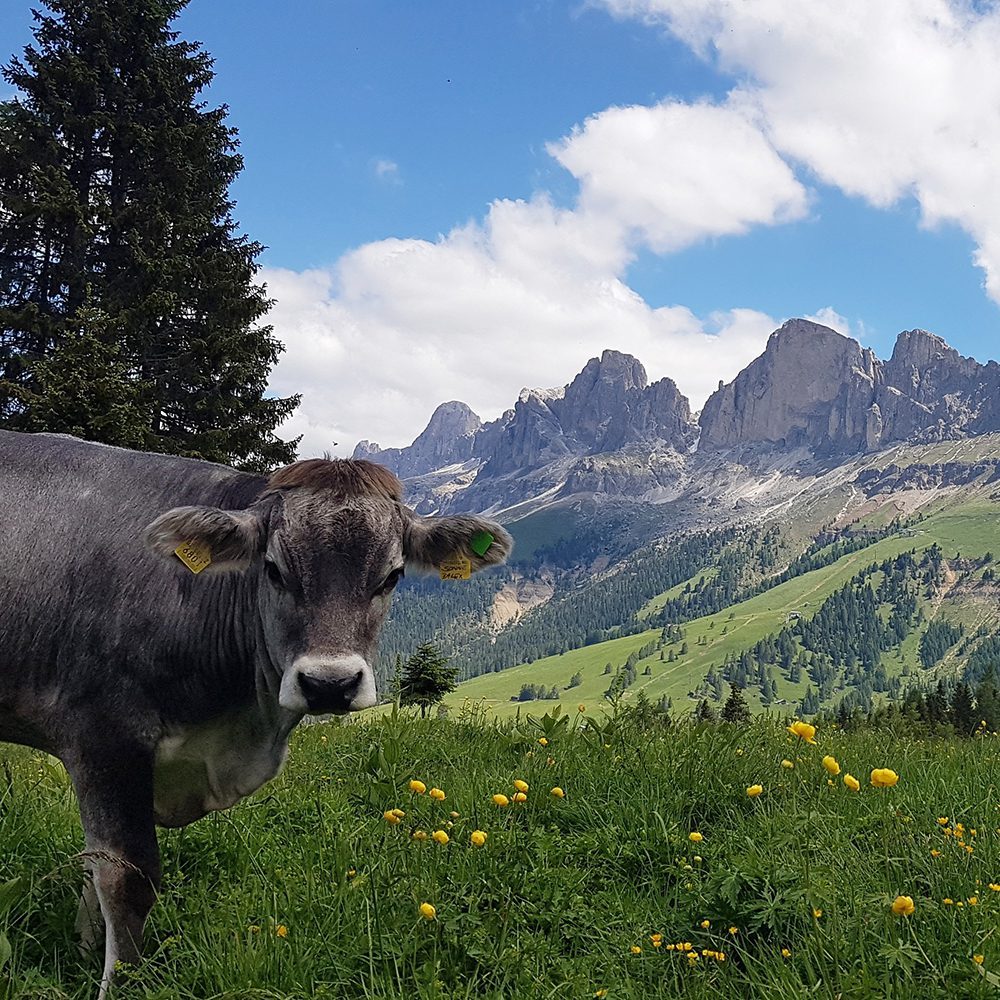
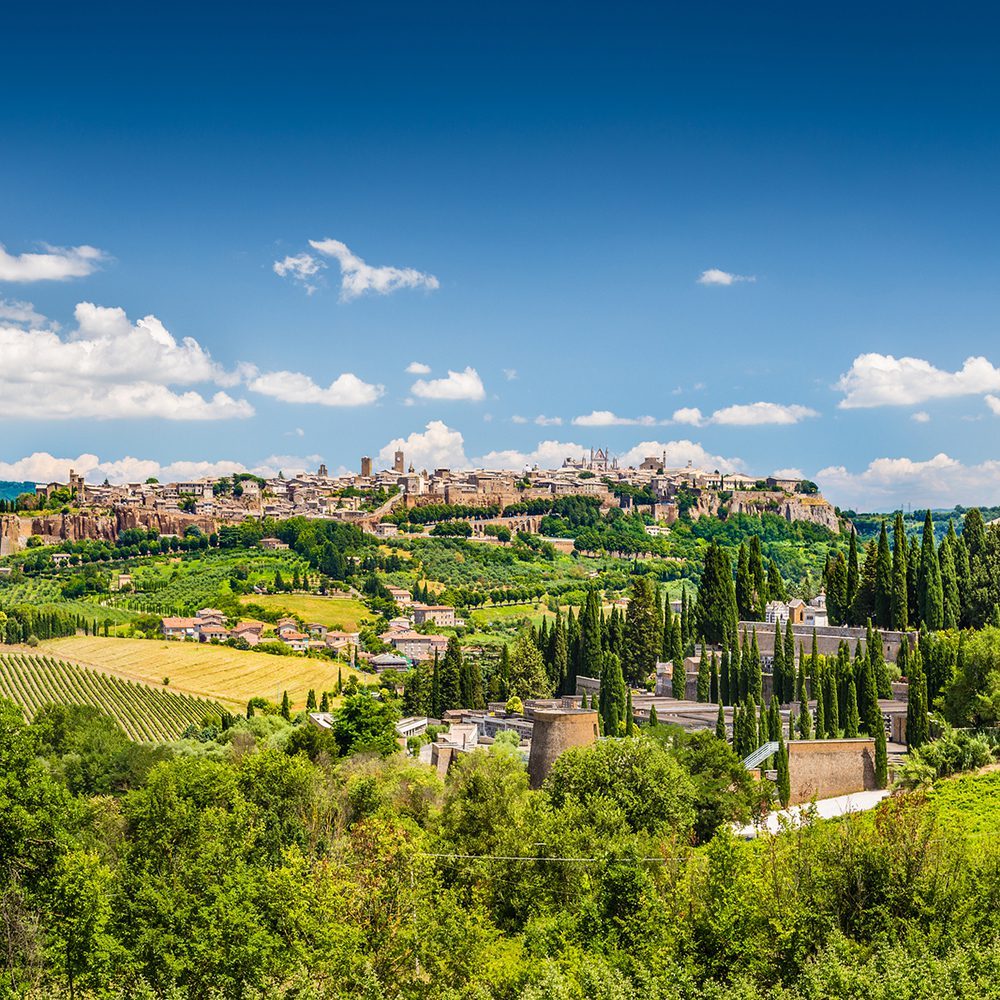
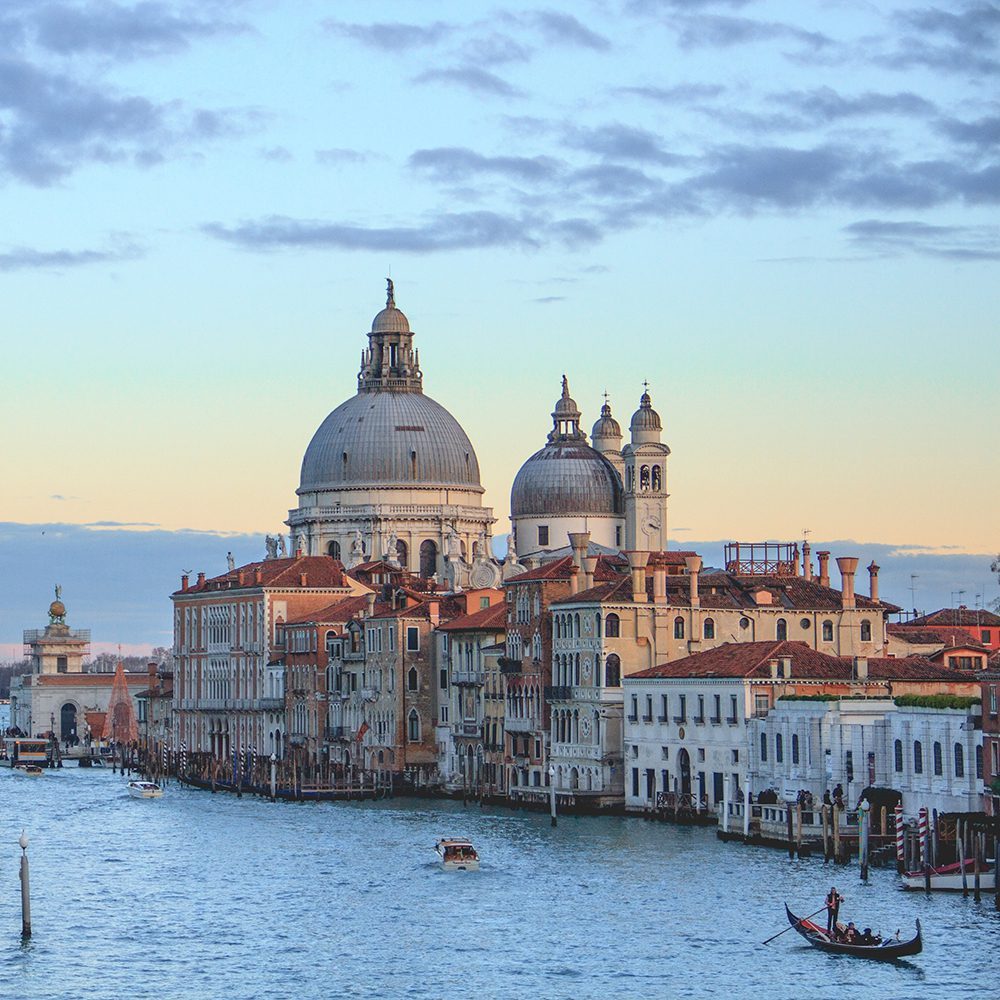
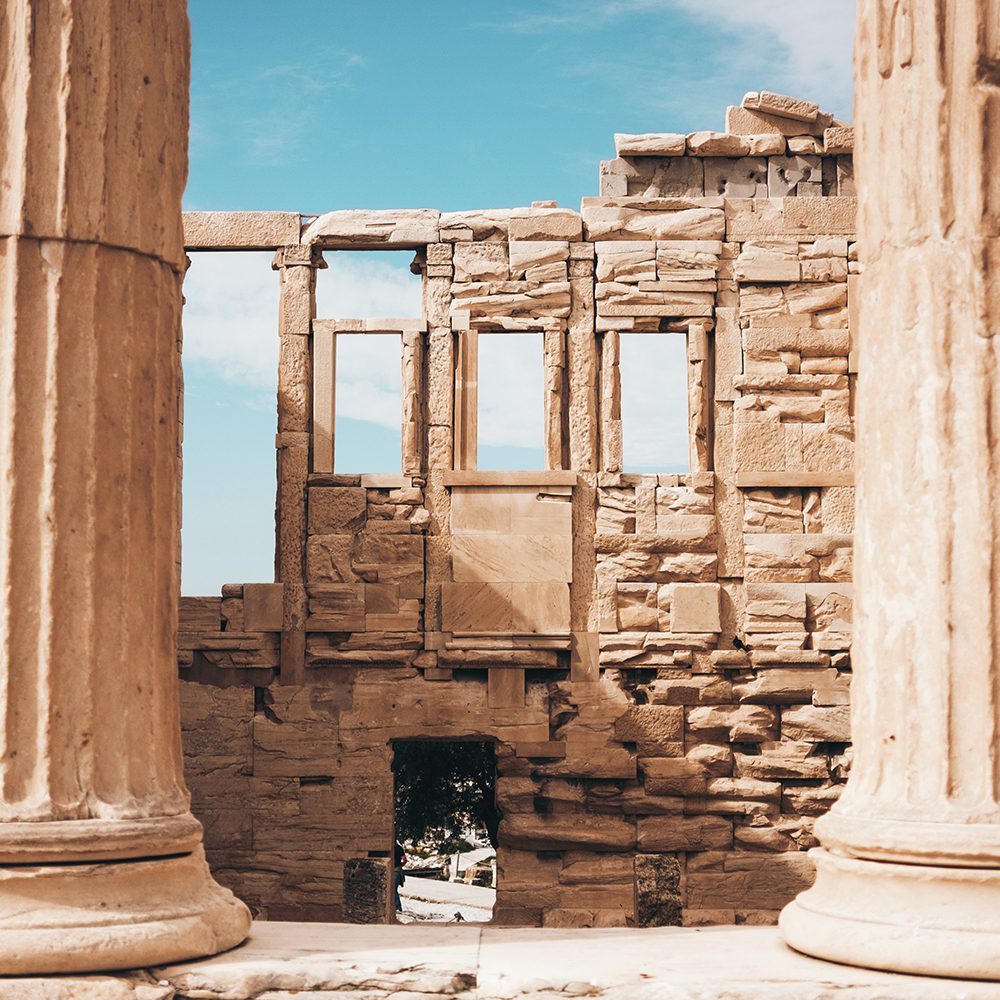
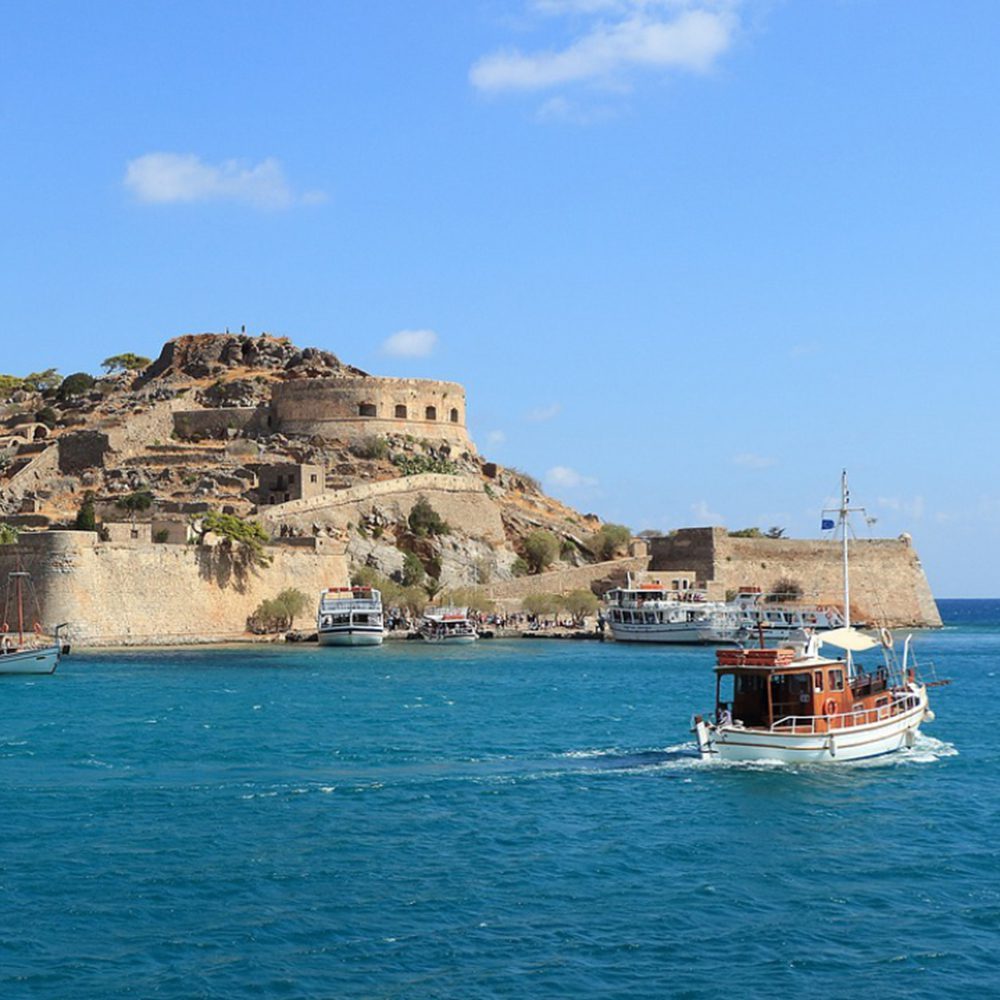
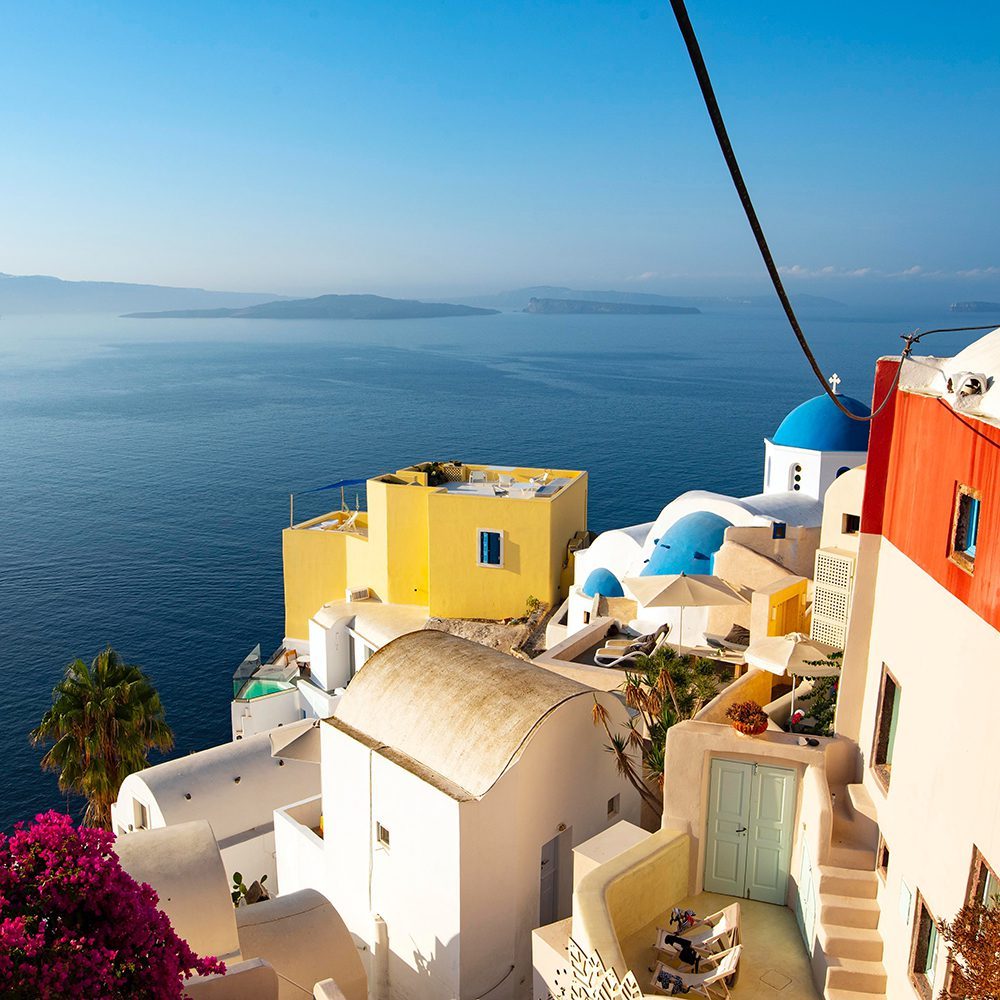
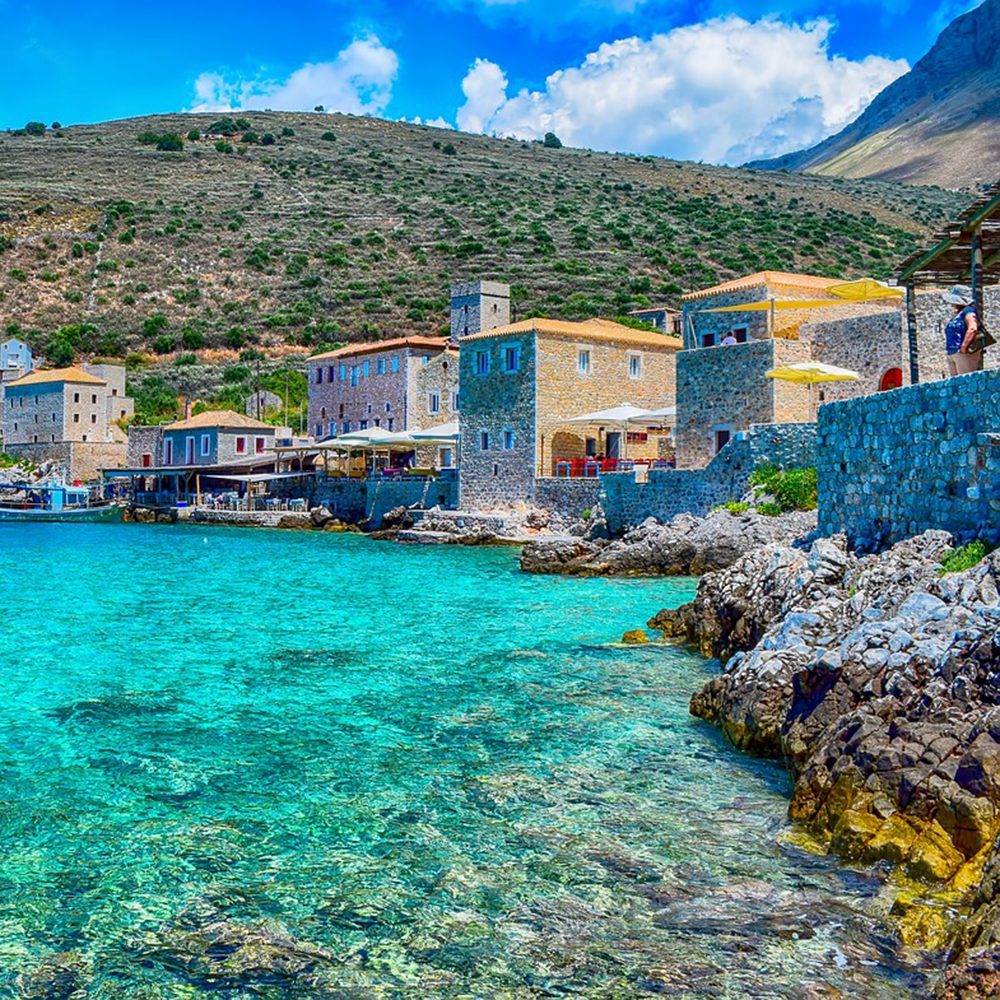
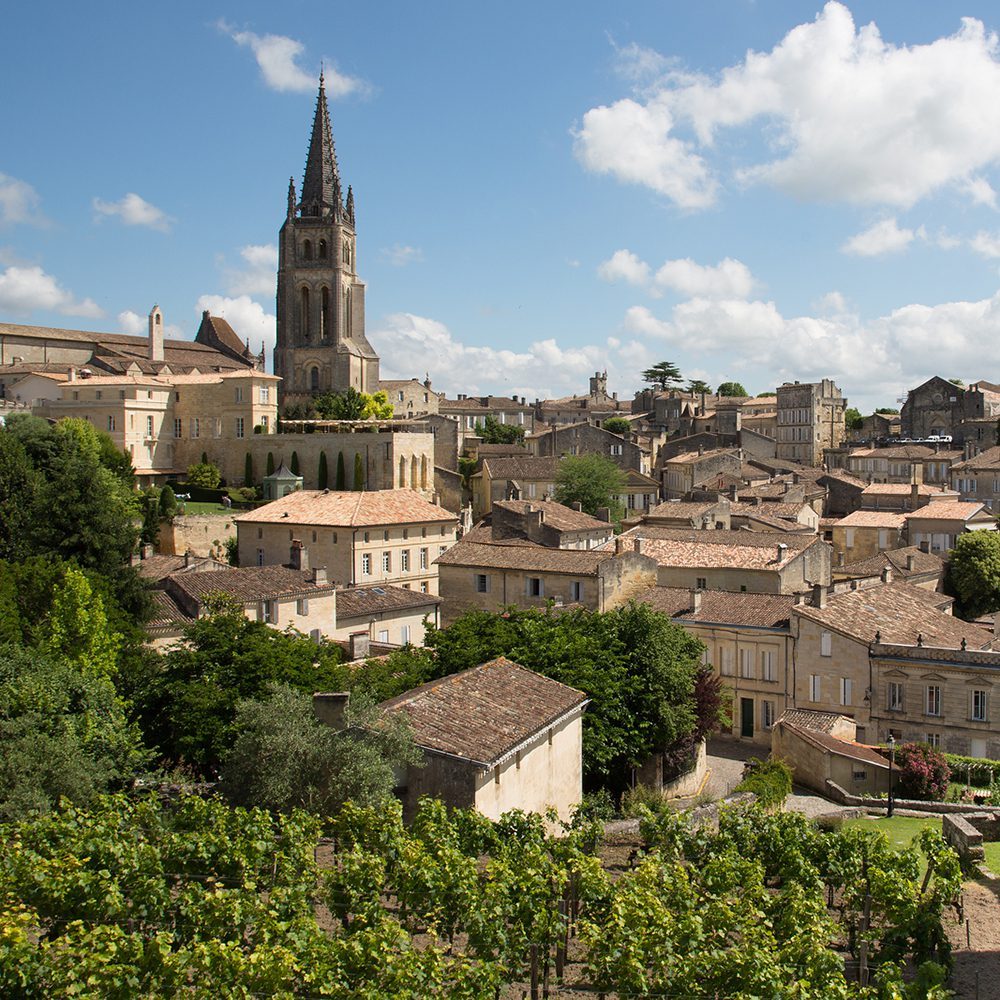
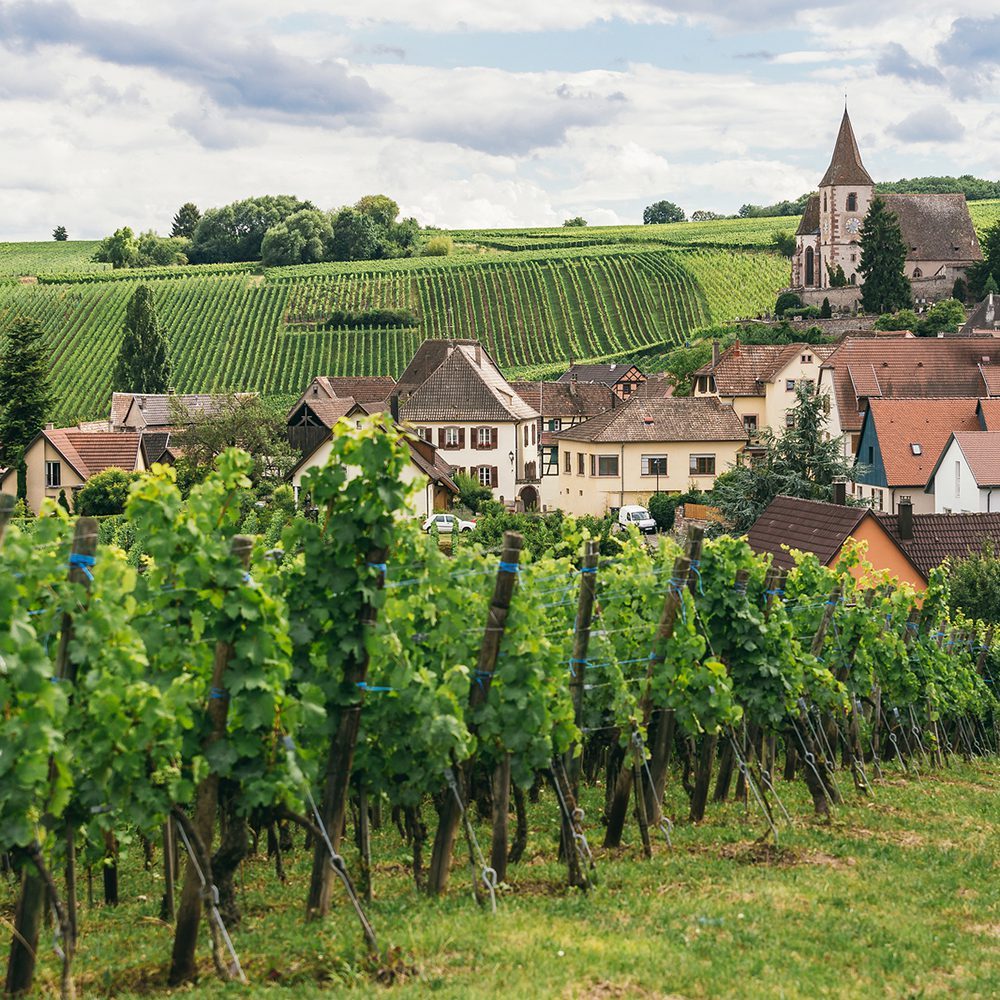
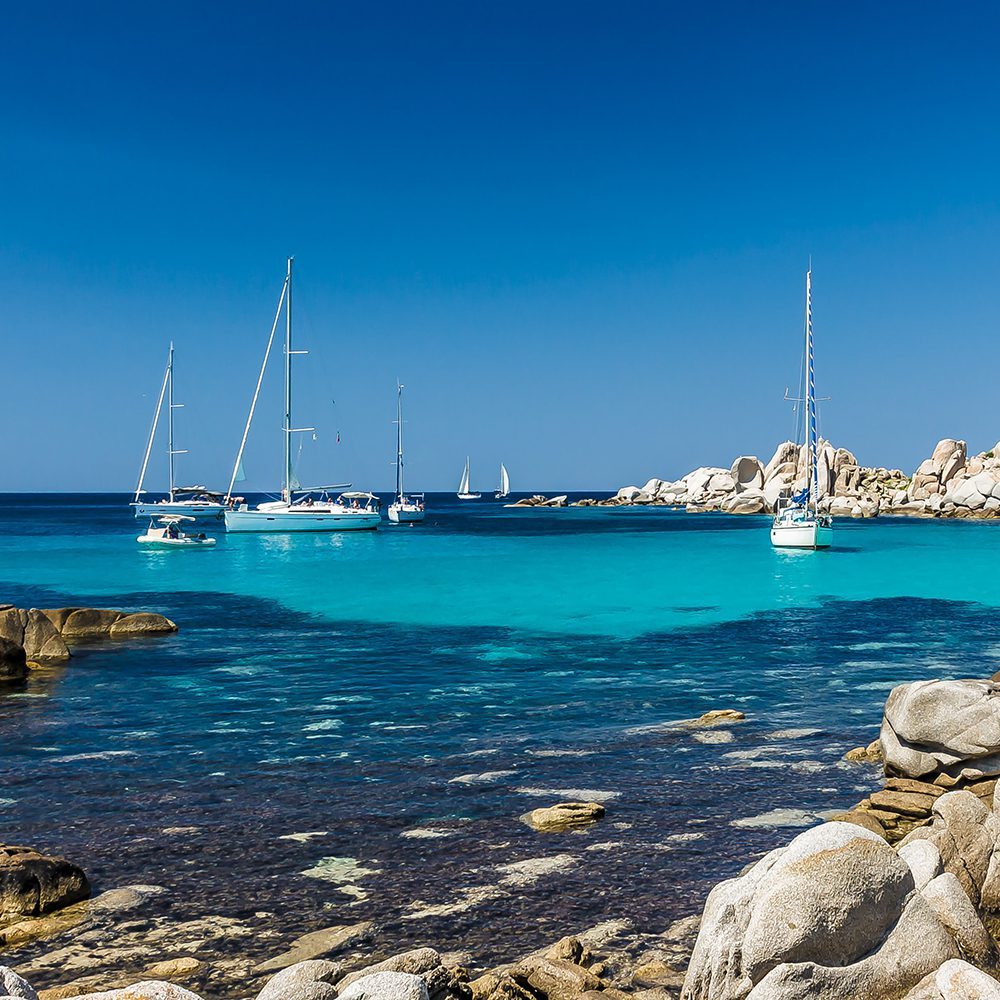
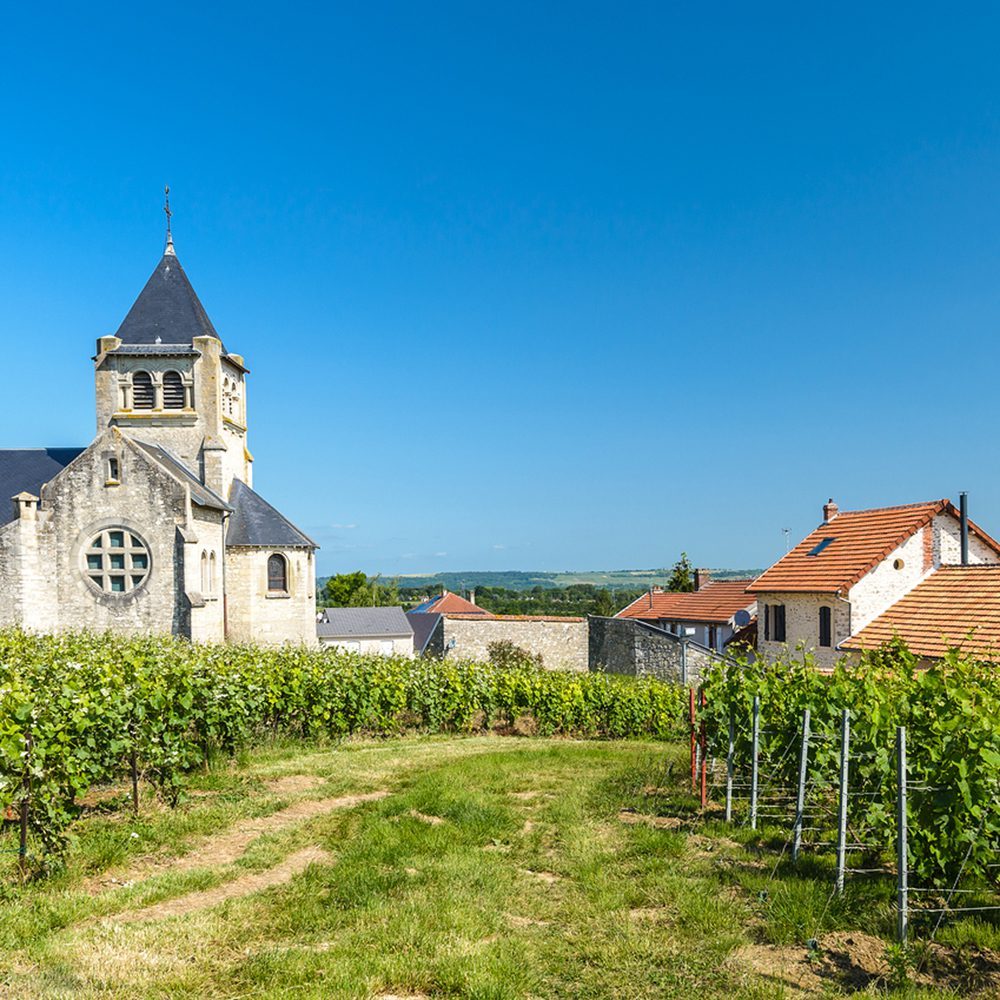
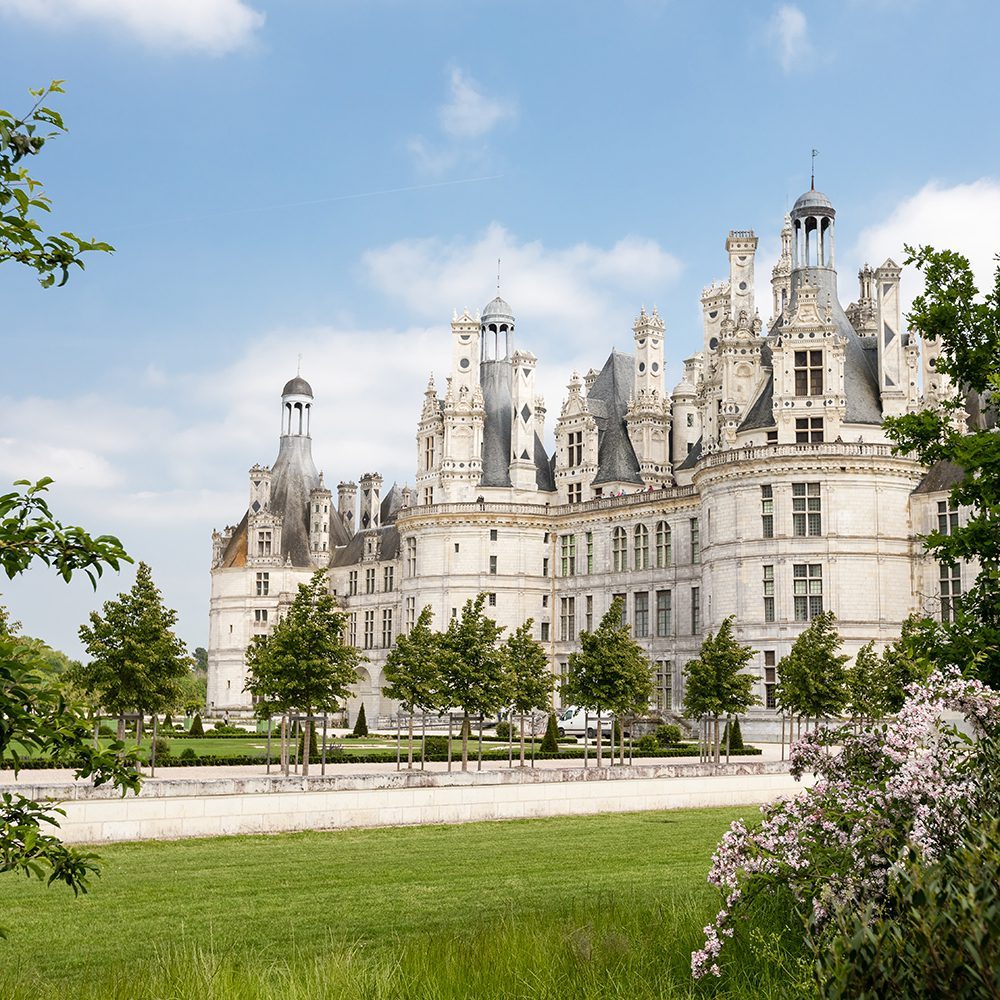
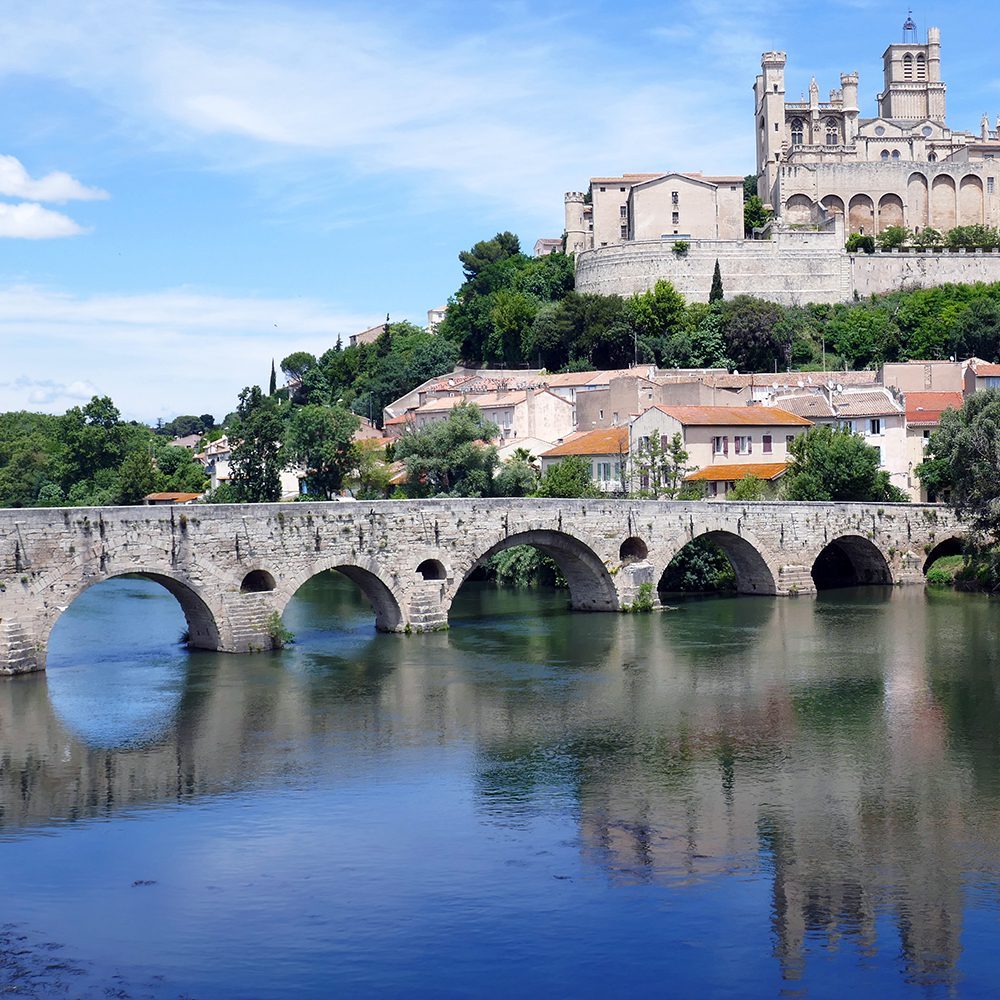
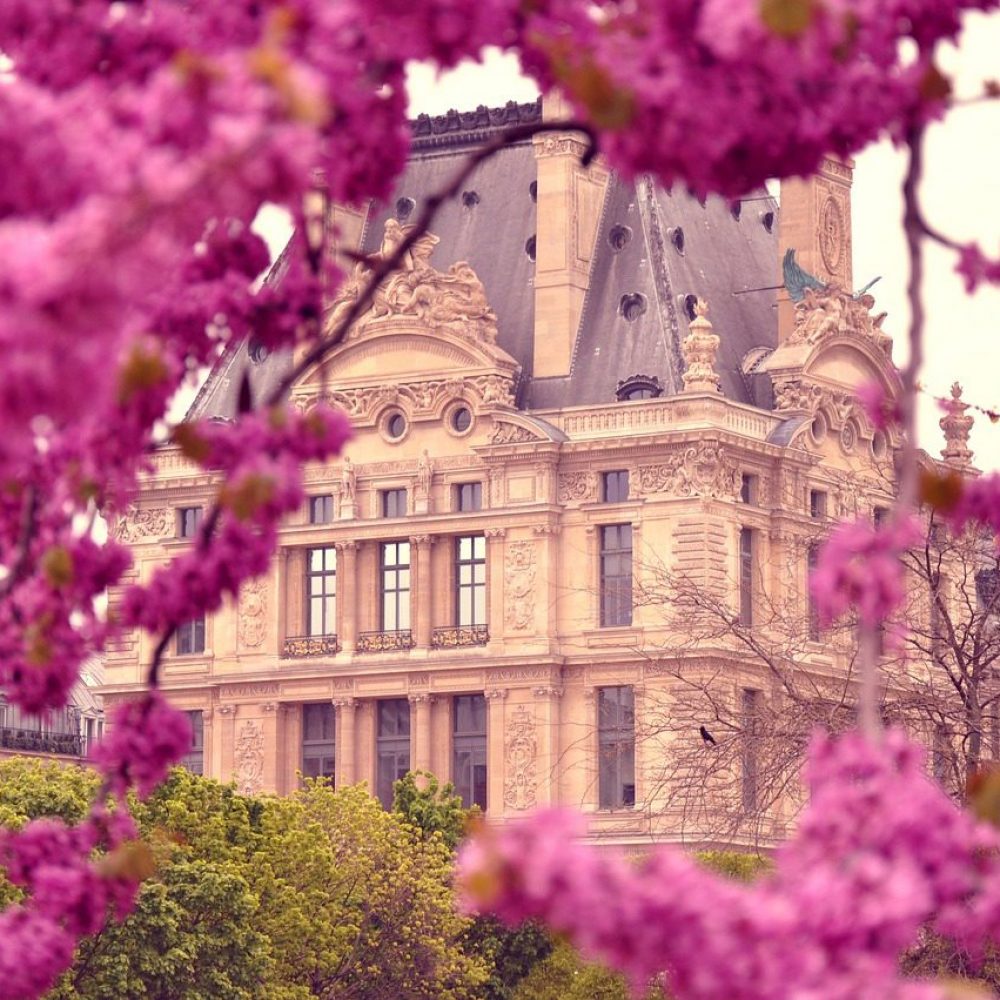
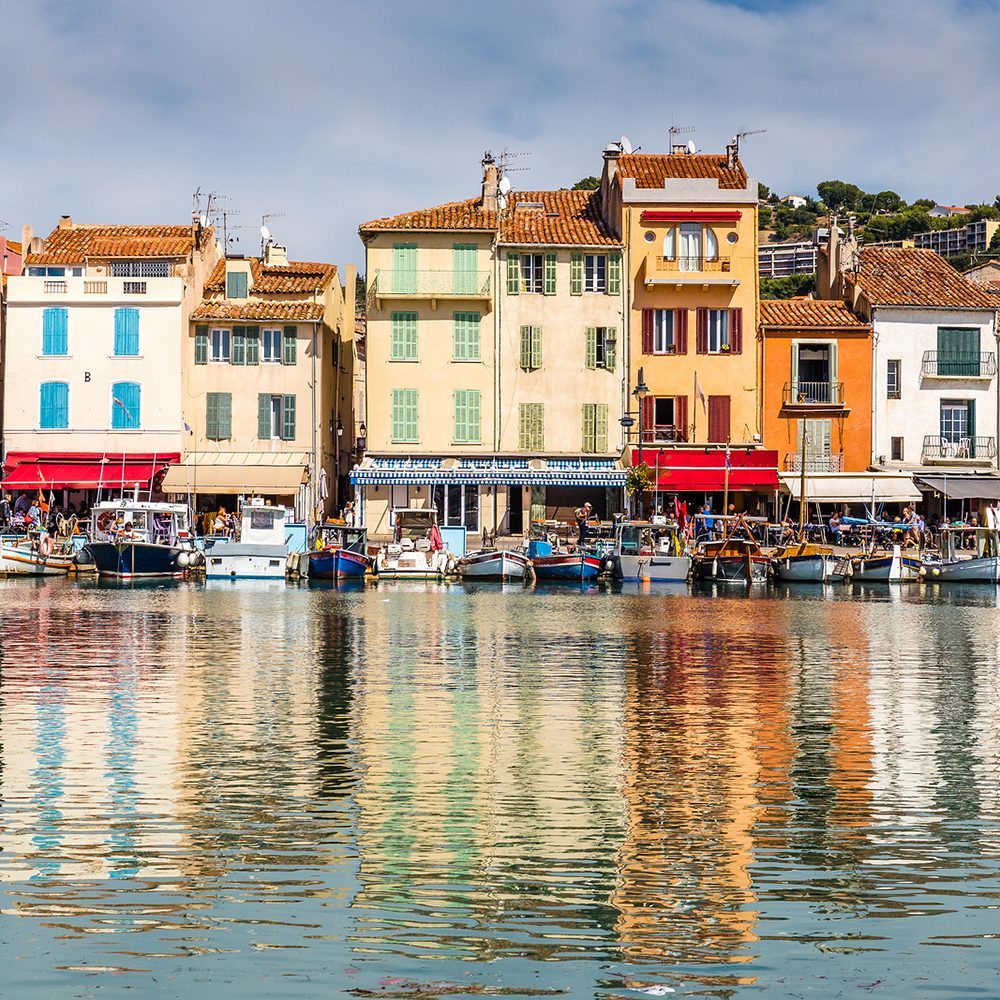
Helpful blog, bookmarked the website with hopes to read more!